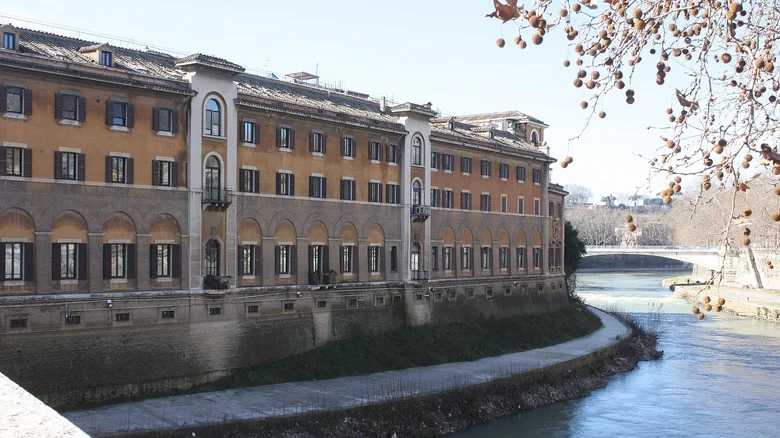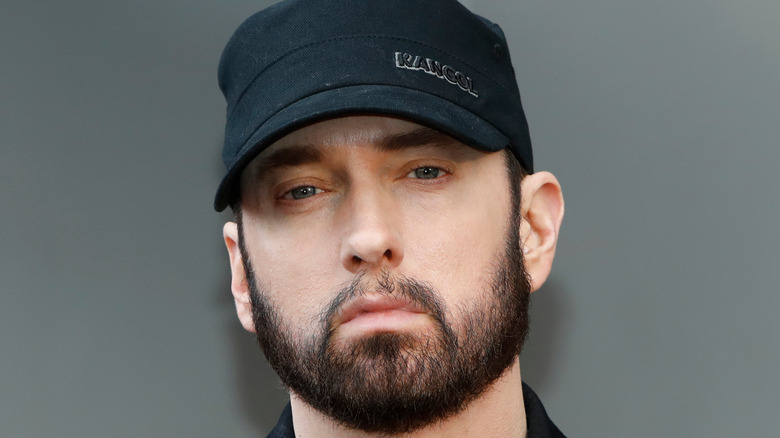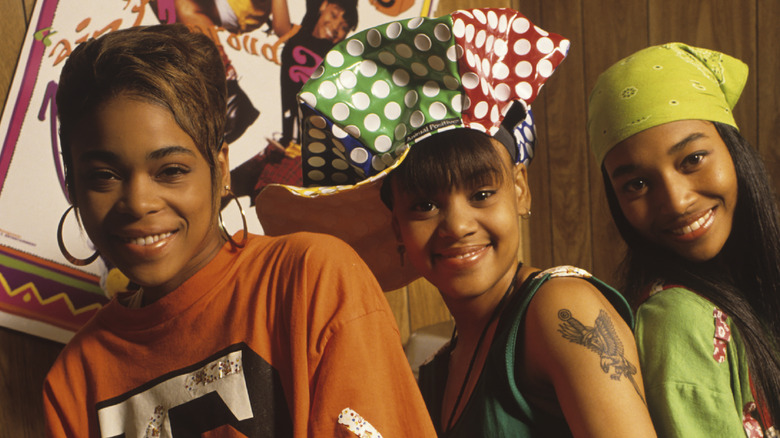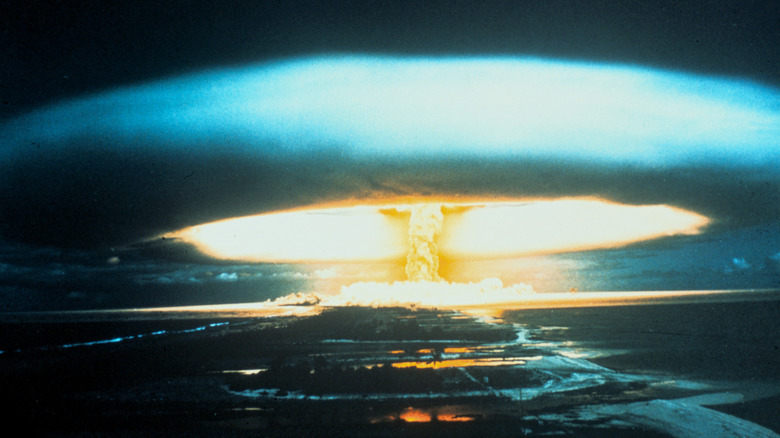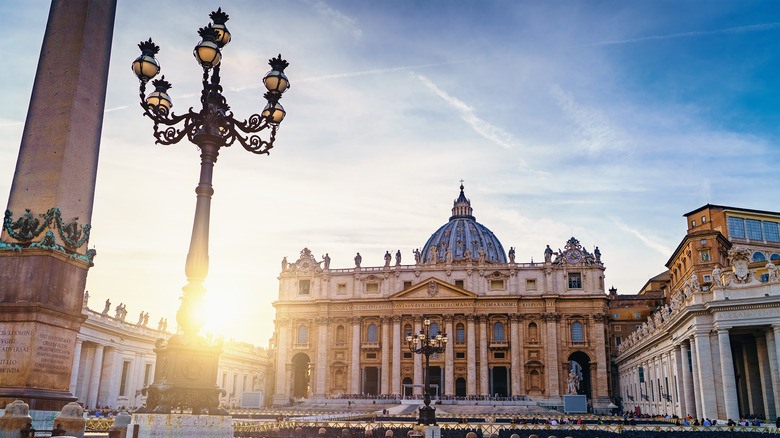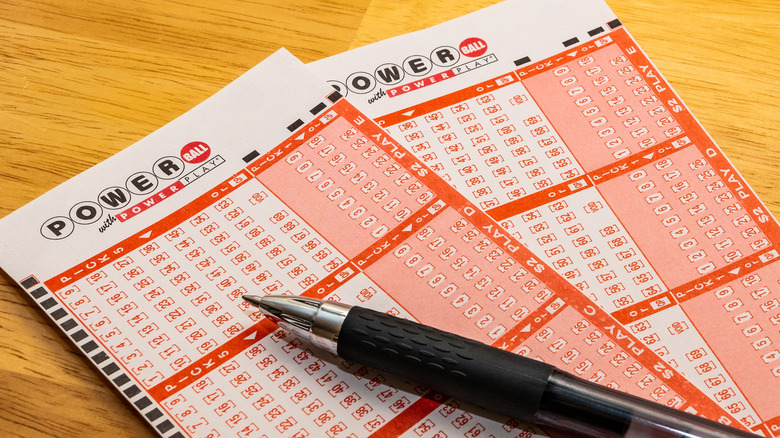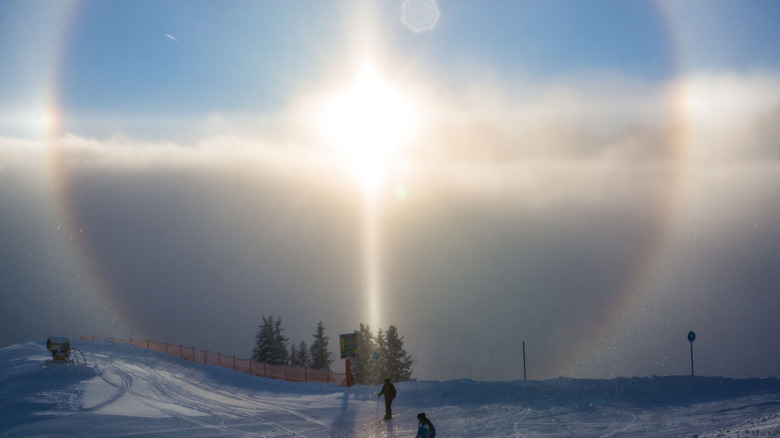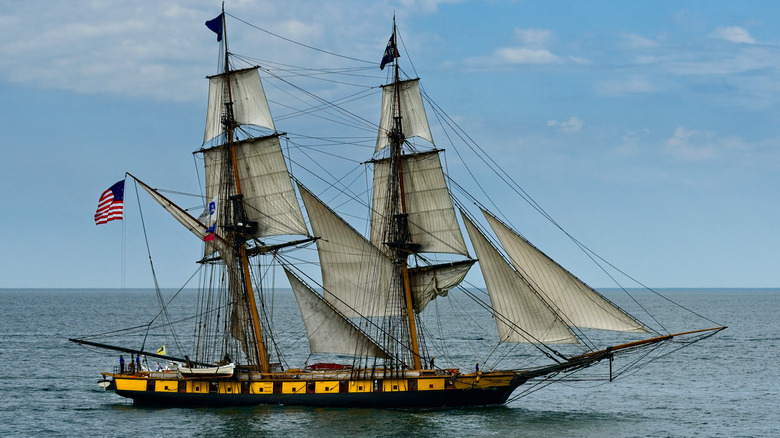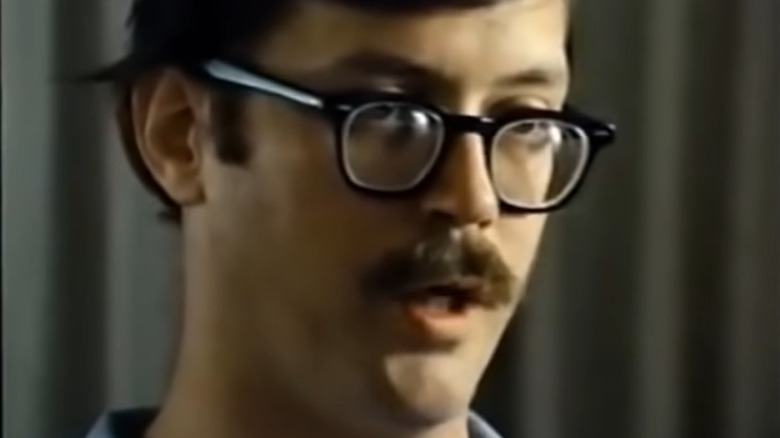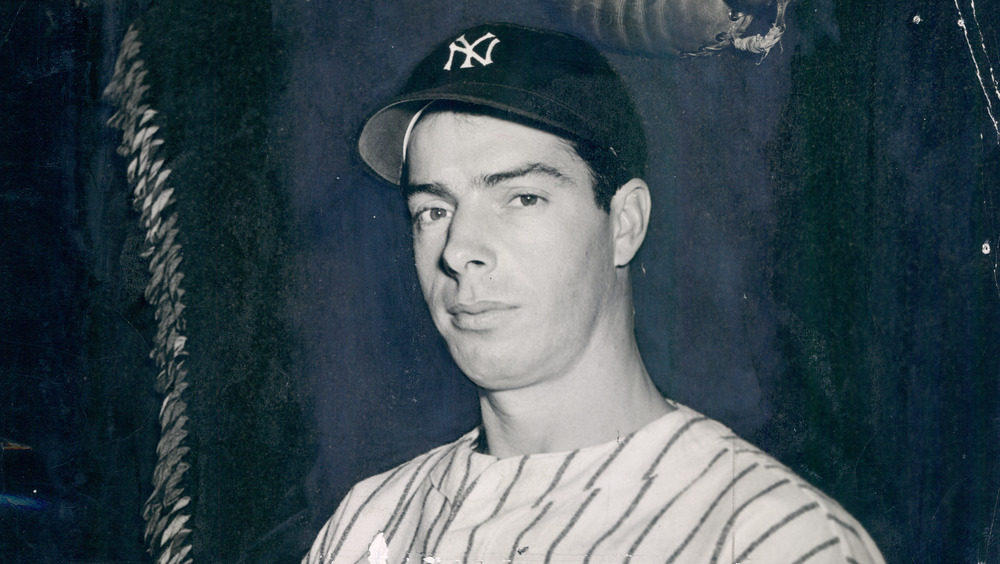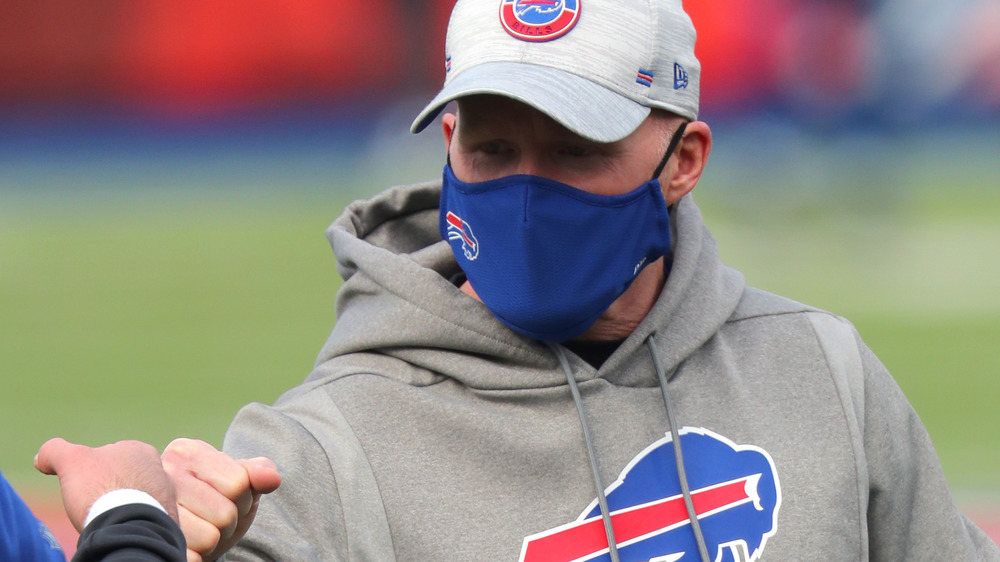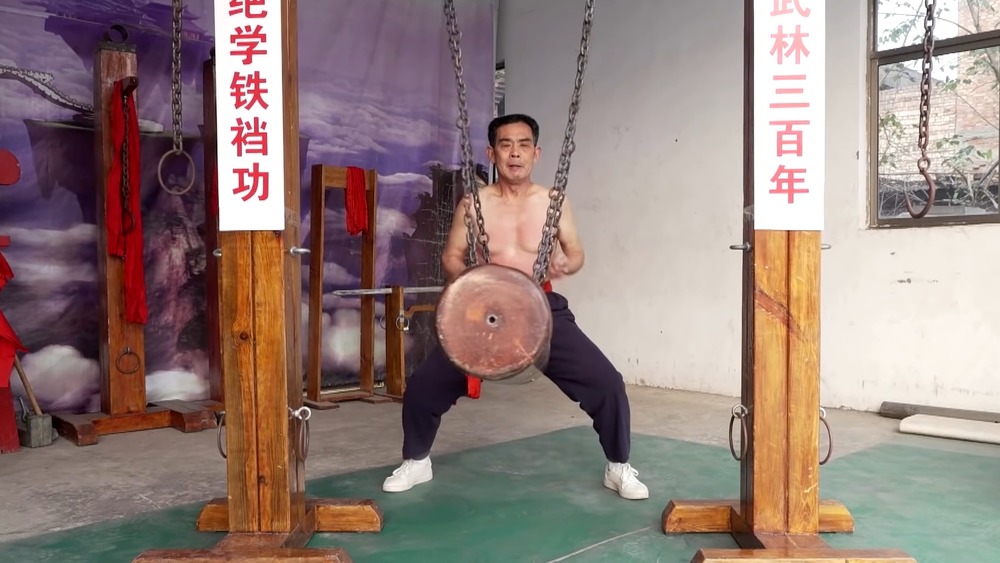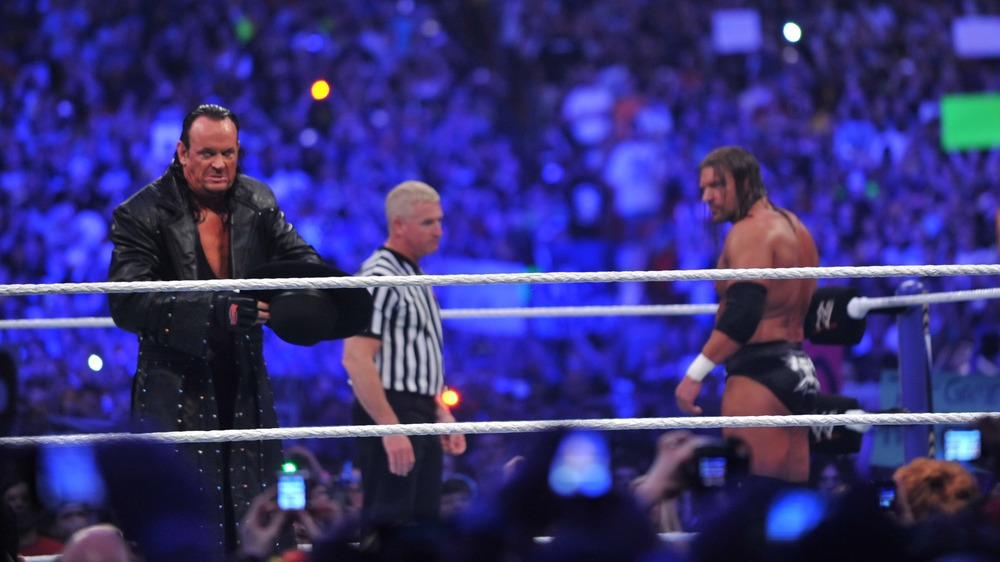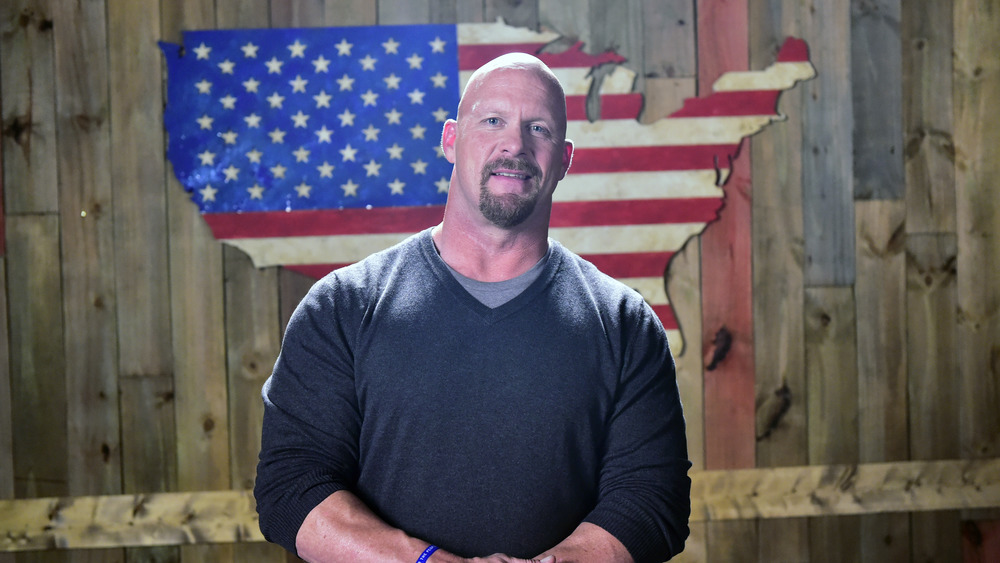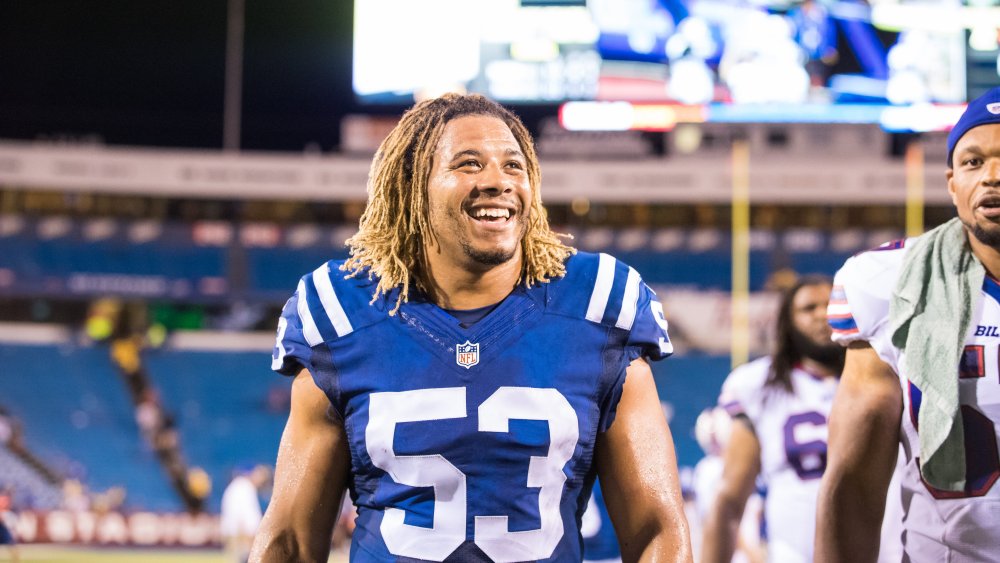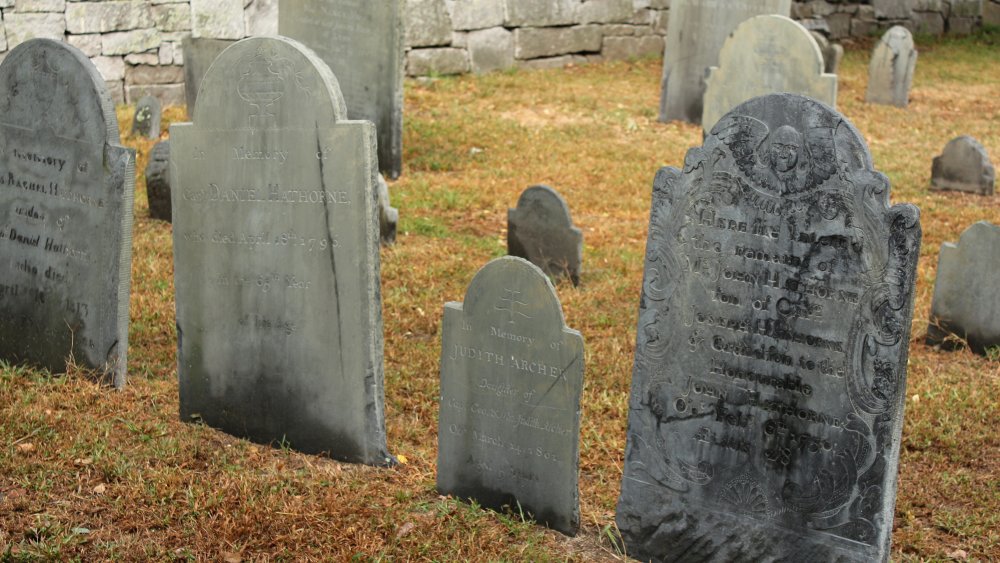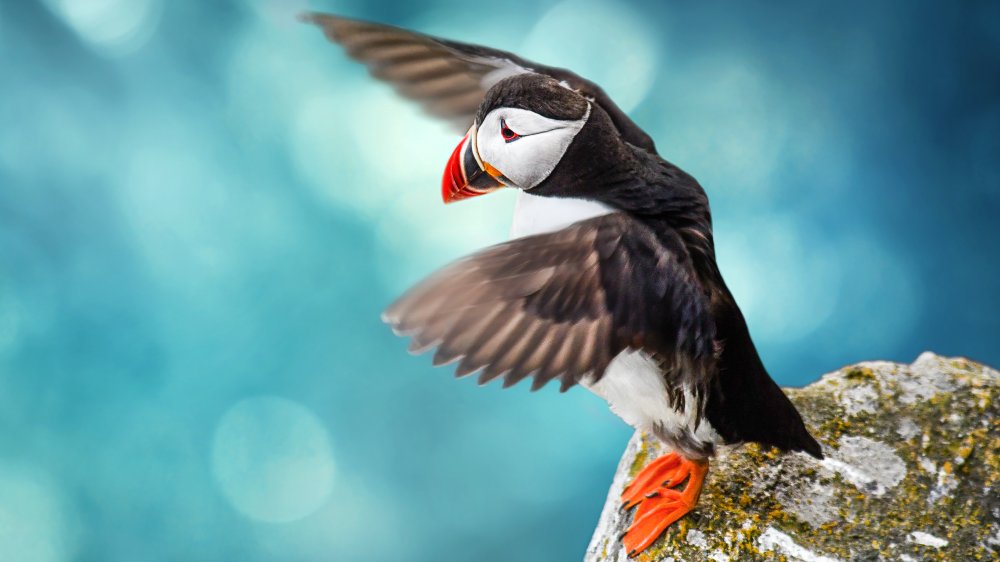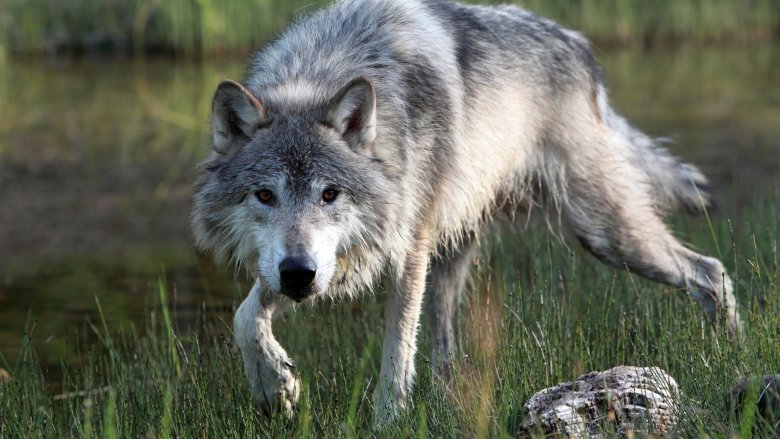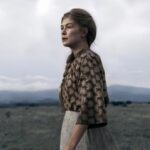
The Greatest Westerns of All Time Part 2
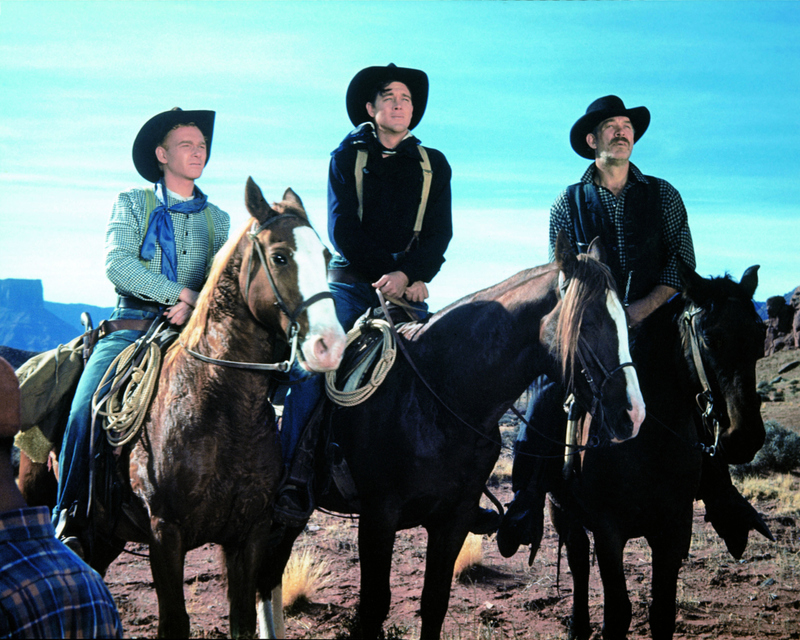
Whether it’s a John Wayne classic, a legendary Clint Eastwood picture, or a modern gem like “No Country For Old Men,” the genre is filled with a variety of gripping films. Take a look to see the greatest westerns in cinema history!
The Keeping Room (Daniel Barber, 2014)
The “Keeping Room” was a unique plotline for a genre that is typically centered on male characters. In the story, three southern women (two white sisters and an African American slave) fight for their survival in the final days of the American Civil War.
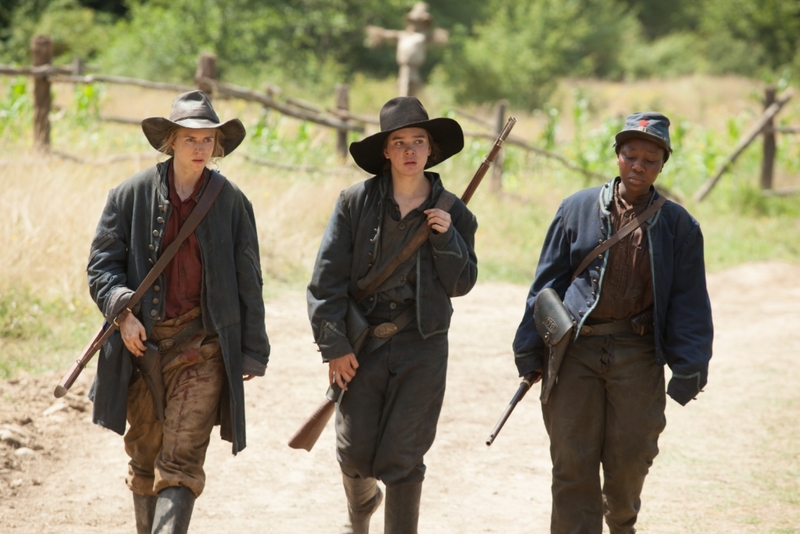
As the three learn to rely on each other, a bond is formed, and racial barriers are overcome as they fight off Union soldiers and venture into the uncertainty of a post-Civil War world.
The Horse Whisperer (Robert Redford, 1998)
In “The Horse Whisperer,” a young girl, Grace (Scarlett Johansson), endures a tragic horse-riding accident that leaves her with an amputated leg and her horse, Pilgrim, with severe behavioral problems. To help Grace and Pilgrim heal, her mother (Kristin Scott Thomas) enlists the help of Tom Booker, otherwise known as the “horse whisperer,” to help rehabilitate the two.
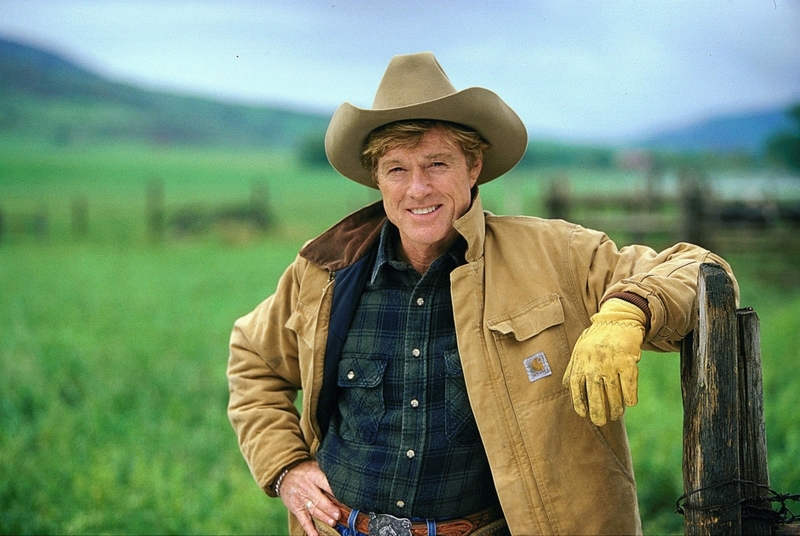
Over the course of the film, Booker works through Grace’s pain and fear to help both her and Pilgrim heal.
Hostiles (Scott Cooper, 2017)
Set in the late 1800s, “Hostiles” follows army captain Joseph Blocker (Christian Bale) as he escorts Cheyenne chief Yellow Hawk (Wes Studi), who is dying of cancer, and his family back to their land in Montana. The history between the two men is complicated as Yellow Hawk had killed a number of Blocker’s friends.
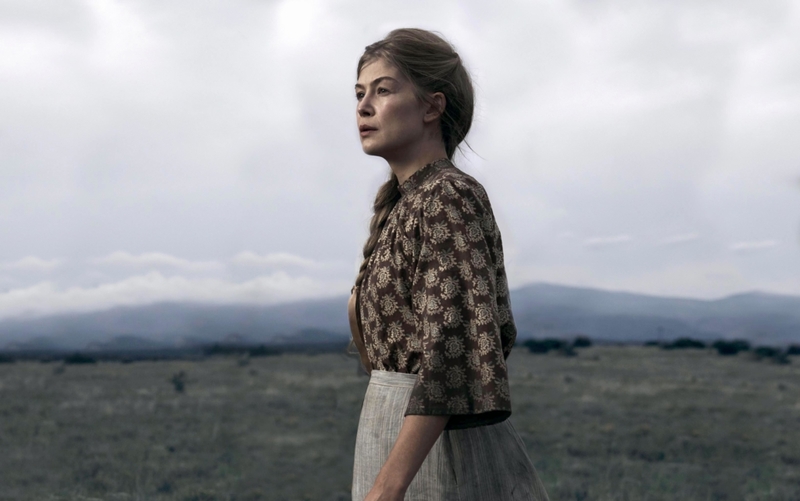
While the film, of course, has the usual elements of a western, the story also explores the deep wounds between white settlers and Native Americans and the possibility of reconciliation.
In The Valley of Violence (Ti West, 2016)
“In The Valley of Violence” is actually considered a remake of the film “High Plains Drifter.” In the film, Paul (Ethan Hawke) and his dog are wandering through Mexico when they are held at gunpoint by a priest ( Burn Gorman).
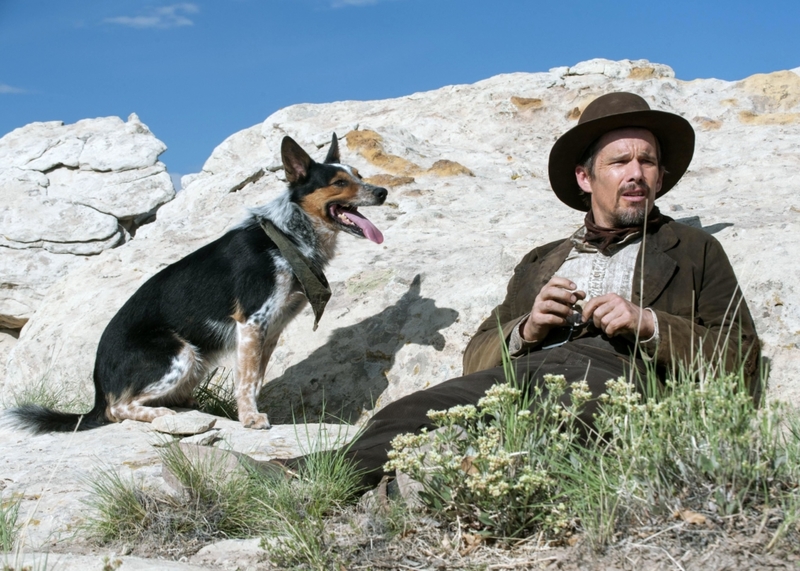
Paul has his dog attack the priest, he takes the priest’s gun, and canteen and the two continue on into town. The rest of the film chronicles the strange, violent situations that surround the mysterious Paul as he encounters the townspeople.
Blackthorn (Mateo Gil, 2011)
“Blackthorn” follows an older Butch Cassidy (Sam Shepard) who now goes by the alias James Blackthorn. Having been hiding out in Bolivia, Blackthorn decides to return to the U.S., but on his way out of Bolivia, he is almost killed by Eduardo Apodaca (Eduardo Noriega).
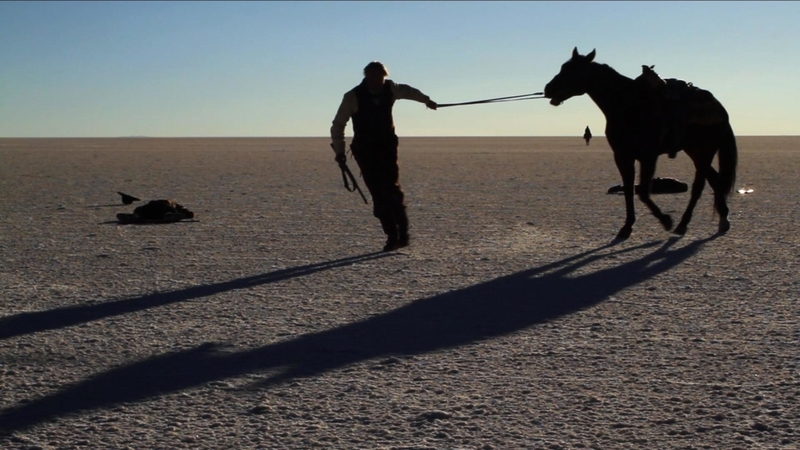
The two actually become partners with Apodaca offering to share the $50,000 he stole from a local mine owner. The pair spend the rest of the film narrowly escaping from gang members who are in pursuit of Apodaca. The entire film becomes a sort of reminiscence for Blackthorn as he looks back on his past as Butch Cassidy.
Dodge City (Michael Curtiz, 1939)
“Dodge City” may be one of the most traditional western films in the genre. Swashbuckling leading man Errol Flynn stars as Wade Hatton, the main protagonist who had been involved in bringing the railroad to the Dodge City region.
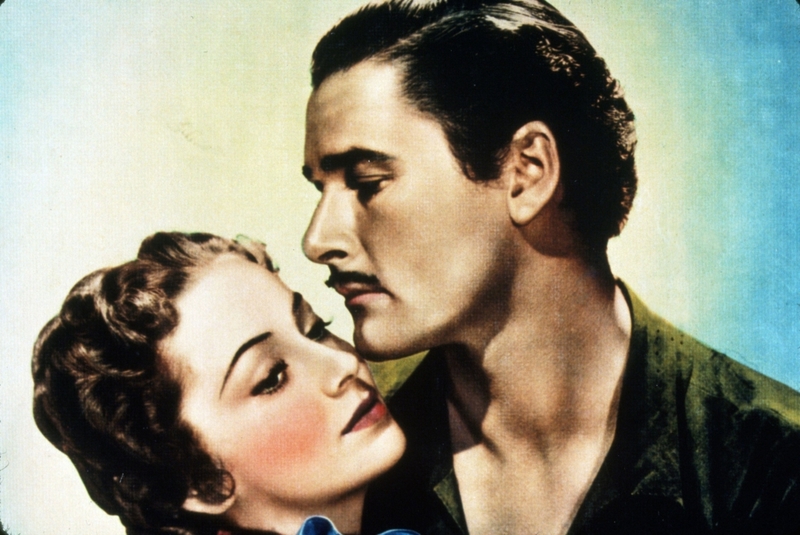
He later encounters interpersonal drama and unrest amongst his contemporaries which leads to him being offered the position of sheriff. Although reluctant at first, Hatton is looked at as a stable, capable figure and eventually accepts the new position. Along the way, he finds love with Abbie Irving and eventually manages to win both her heart and become a traveling sheriff, cleaning up different crime-laden cities.
Appaloosa (Ed Harris, 2008)
Directed by Ed Harris, Appaloosa was based on a novel written by Robert B. Parker. After a New Mexico town is overtaken by the malicious rancher, Randall Bragg (Jeremy Irons), lawman Virgil Cole (Ed Harris), and deputy Everett Hitch (Viggo Mortensen) come to the town’s rescue.
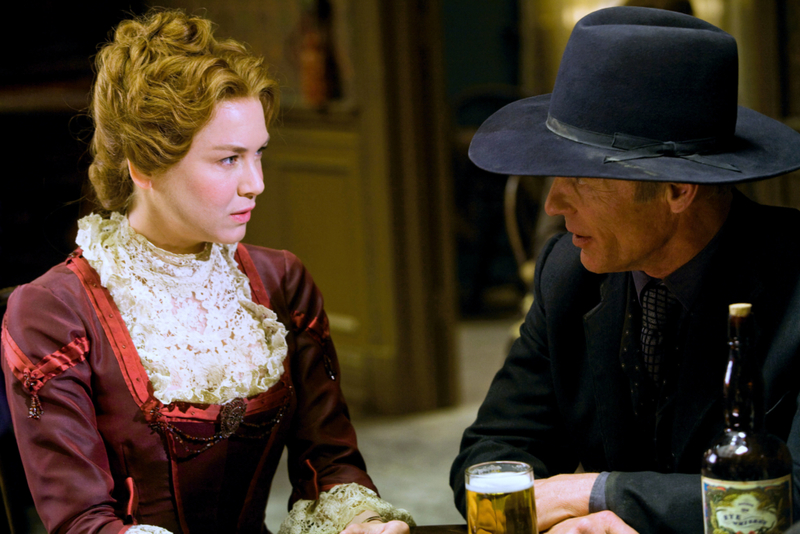
A love triangle involving widow Allison French (Rene Zellweger) threatens the righteous goals of the duo, but Cole and Hitch manage to keep both their loyalty and their purpose at the forefront of their friendship.
Shanghai Noon (Tom Dey, 2000)
A little more comedy than western, Shanghai Noon centers on an imperial guard (with the perfect name) Chon Wang (Jackie Chan) as he embarks on a mission to rescue Princess Pei Pei, who has run away to the United States.
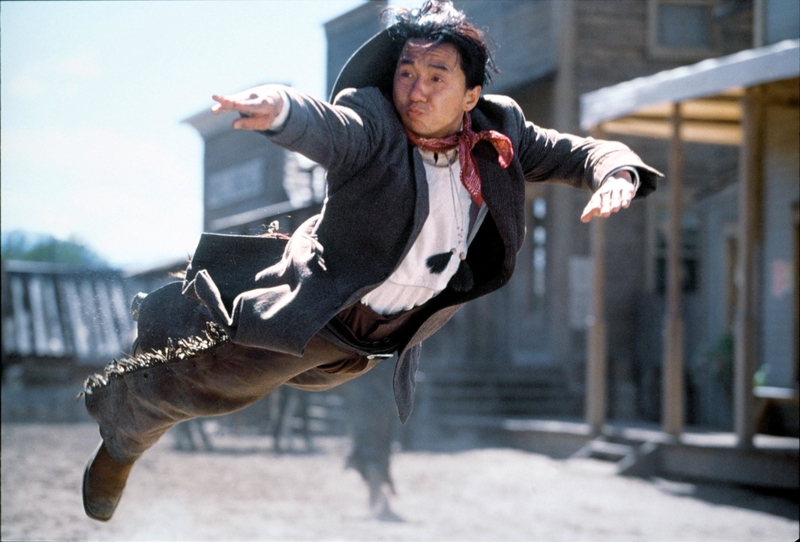
Along the way, Wang finds help from charming outlaw Roy O’Bannon (Owen Wilson), who lends his gun-slinging skills to the rescue mission. Although they are an odd couple at first, East eventually meets West leading to a heartwarming friendship between Wang and O’Bannon.
Open Range (Kevin Costner, 2003)
Though it has the same title as the 1927 film, the “Open Range” film that was released in 2003 was not a remake. Kevin Costner both directed and starred in the film that was set in late 1800s Montana. In the film, cattleman Boss Spearman (Robert Duvall) takes his herd across the country with his hired hands.
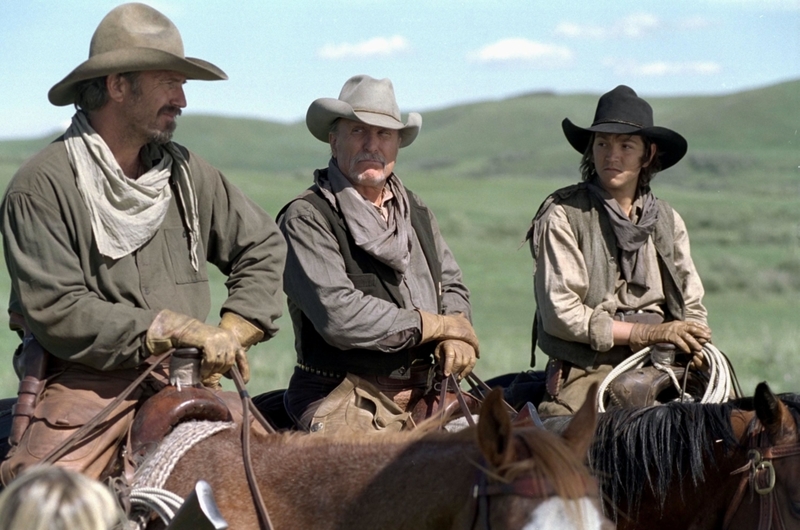
Along the way, however, the group encounters bandits, which results in Spearman losing one of his cattlemen along the way. The film featured a well-known cast, including Kevin Costner, Robert Duvall, Annette Benning, and Diego Luna.
Open Range (Clifford Smith, 1927)
Released in 1927, the silent film Open Range revolves around both a drama and a love story. Ranch hand Tex Smith (Lane Chandler), the main protagonist, pursues a young woman named Lucy Blake, who lives in one of the nearby cattle settlements.
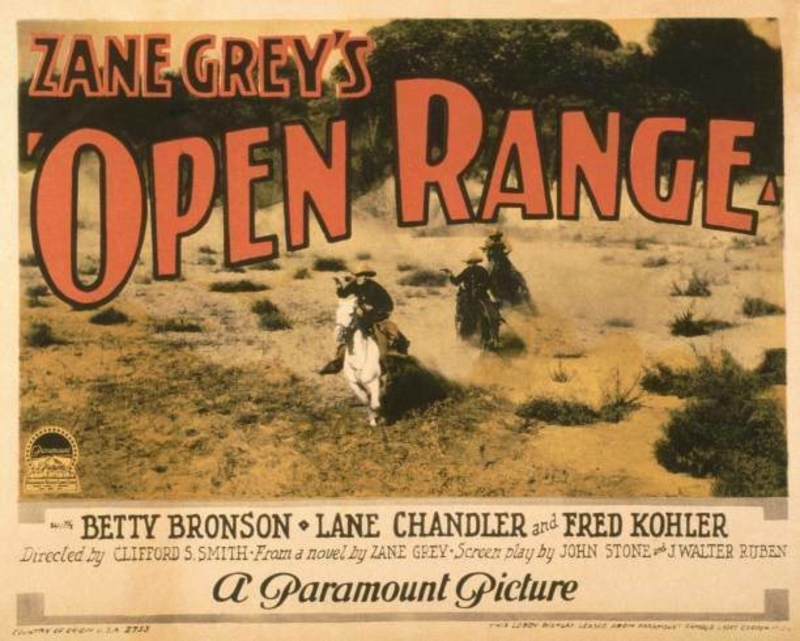
On the outskirts of their romance, American Indian chief Brave Bear is plotting (along with fellow rival Sam Hardman) to steal the local community’s cattle during a rodeo. The plot thickens when Tex is mistaken for one of the cattle rustlers and must defend his name, expose Brave Bear and Hardman, all while trying to win Lucy’s heart.
The Hateful Eight (Quentin Tarantino, 2015)
Quentin Tarantino’s films are typically known for their violent, avant-garde storylines. “The Hateful Eight” chronicles bounty hunter John Ruth (Kurt Russell) and his captured outlaw, Daisy Domergue (Jennifer Jason Leigh), as they take temporary refuge in a small haberdashery.
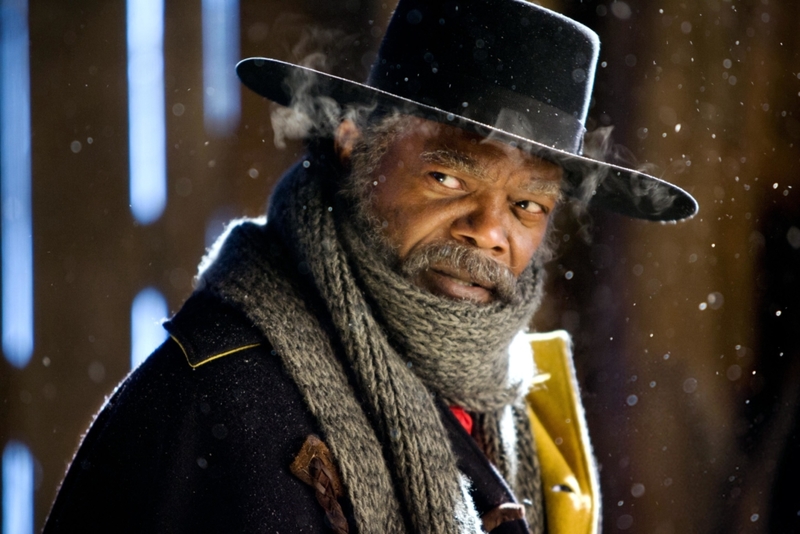
The haberdashery, however, also houses a group of suspicious characters. As the film unfolds, the characters each reveal their malicious intentions as they clash with both Ruth and Domergue. As is common for Tarantino films, “The Hateful Eight” is full of violent twists and turns that make this western particularly captivating for viewers.
The Proposition (John Hilcoat, 2005)
Although it is actually set in the Australian Outback, the plot of “The Proposition” can still qualify as a western. The story opens with an infamous outlaw, Charlie Burns (Guy Pierce), who has been apprehended by Captain Stanley Morris (Ray Winstone).
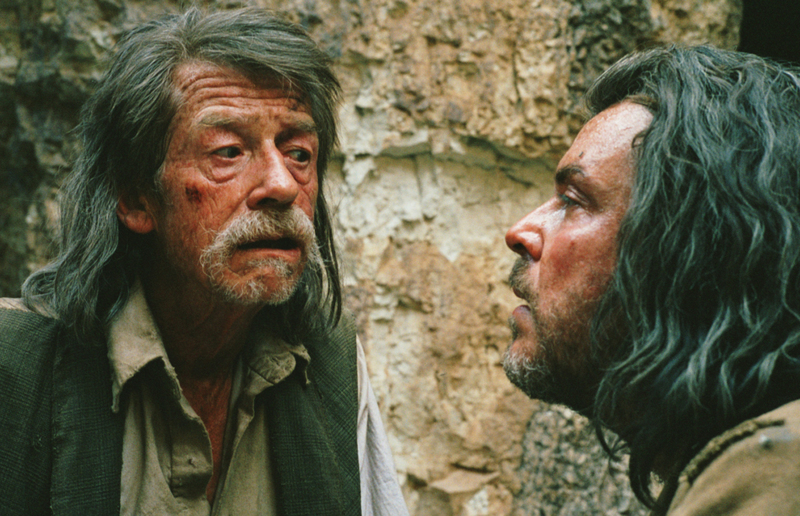
With all of his posse dead except his younger brother, Burns is given an ultimatum by Morris: find and kill his older brother (also an outlaw), or his younger brother will be killed. What unfolds expands beyond the plot of a traditional western into the drama of family dynamics.
McCabe & Mrs. Miller (Robert Altman, 1971)
In an unusual plotline, a lady of the night, Constance Miller (Julie Christie), and a gambler, John McCabe (Warren Beatty), decide to partner in a “business” venture. The pair open a combination tavern/brothel in hopes of making a lot of money but instead encounter some unforeseen problems when they turn down another business offer from the Harrison Shaughnessy Mining Company.
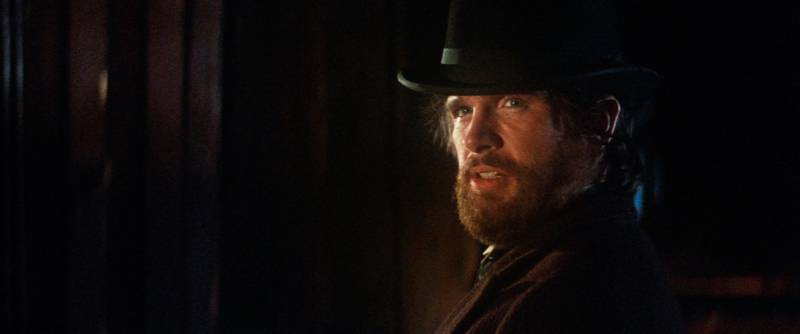
McCabe must then use his grittier skills to protect himself and his new business from the mining company’s thugs.
City Slickers (Ron Underwood, 1991)
“City Slickers” is actually a crossover film, combining the comedy and western genres. Mitch Robbins (Billy Crystal) turns a midlife crisis into an adventure after his friends gift him a birthday trip to participate in a cattle drive in the Southwest.
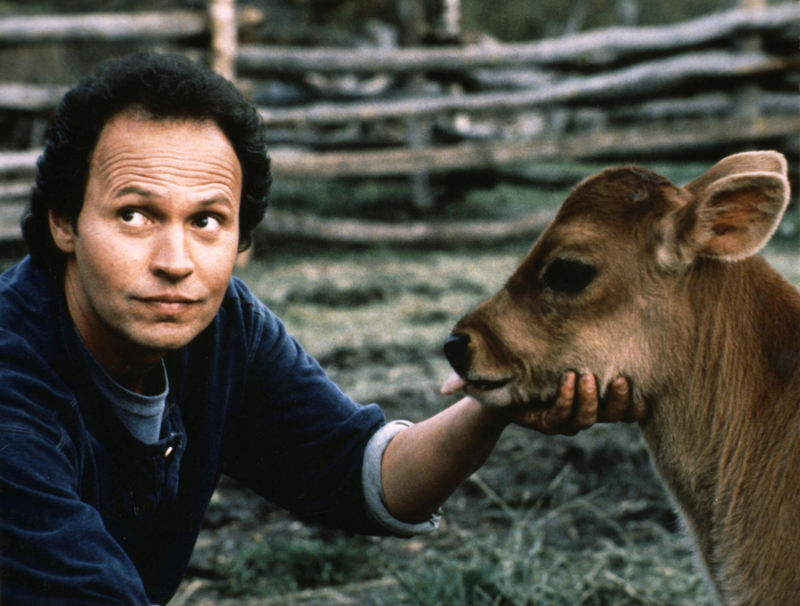
A major comedy ensues when Robbins, who is accustomed to the big city, is forced to adapt to the ways of Western life. To this day, the film is still considered one of Crystal’s best comedies.
The Outlaw Josey Wales (Asa Earl Carter, 1976)
Along with John Wayne, Clint Eastwood was another big star in the Western genre. In the film “The Outlaw Josey Wales,” Eastwood played the role of a farmer who, after his family is killed by Union soldiers, decides to become a Confederate soldier.
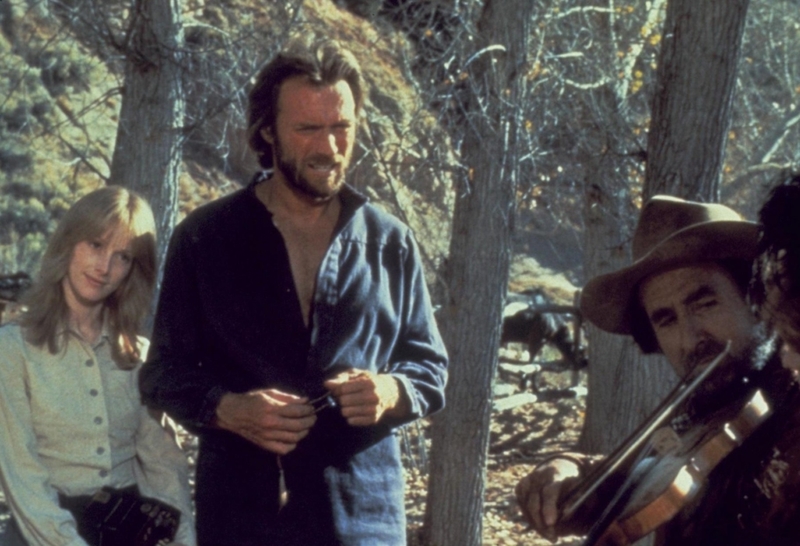
The film became a character study of a man who exits ordinary life, transforming into an outlaw, on the run from bounty hunters, the Comanche Indians, and even those close to him, all in the name of vengeance.
Sweetgrass (Llisa Barbash & Lucien Castaing-Taylor, 2009)
The documentary “Sweetgrass” took viewers deep inside the daily lives of shepherds in Montana as they take care of their flocks. It may sound like a simple task, but the herders were responsible for caring for the helpless animals as they took them through treacherous terrain where predators waited for an easy meal.
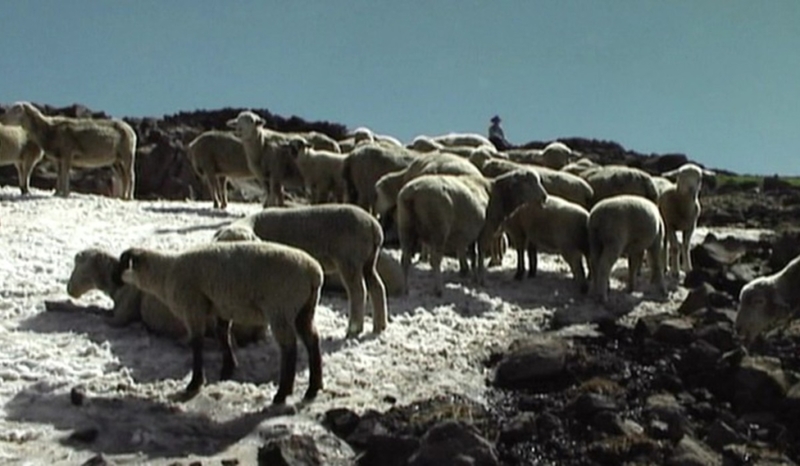
They had been carrying on the tradition since the 1800s, guiding the flock on horseback and with the help of herding dogs.
The Ballad of Buster Scruggs (Ethan & Joel Coen, 2018)
The Coen brothers are known for their dark, quirky, and avant-garde films. They brought their same unique flair to their western, “The Ballad of Buster Scruggs.” The film was also unique because the plot involved six different storylines, with the main protagonist (Buster Scruggs, played by Tim Blake Nelson) narrating some of the opening stories.
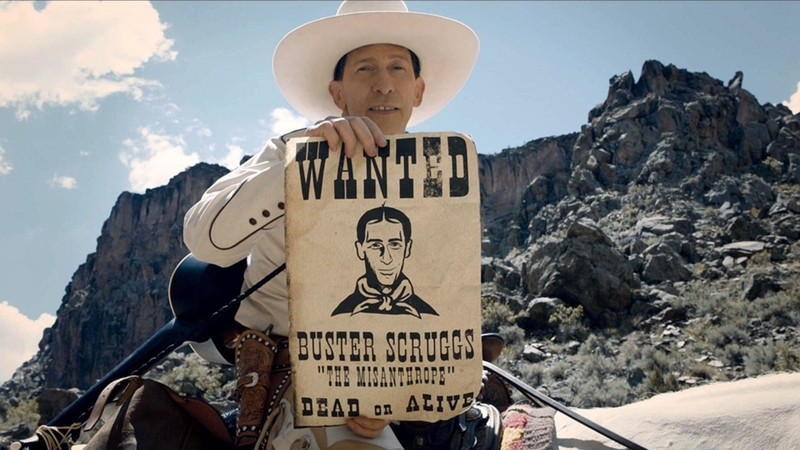
The other short stories in the film gave viewers bite-sized, narrative dramas of different characters.
Deadwood: The Movie (Daniel Minahan, 2019)
The TV series “Deadwood” first aired in 2004 and had 3 seasons, the last of which aired in 2006. The TV show plot made it onto the silver screen in 2019 with a full-length movie. The film opens with South Dakota being declared an official state in 1899 and, while the residents are celebrating, the drama is brewing.
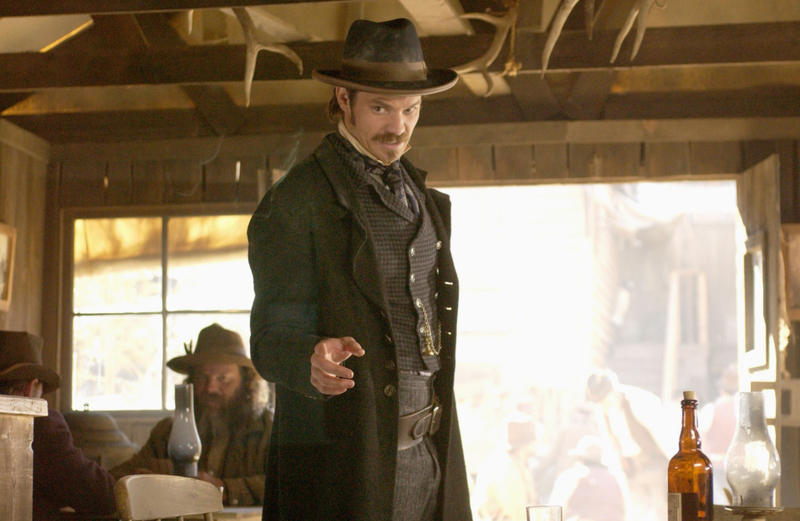
Senator George Hearst (Gerald McRaney) challenges the property claim held by Charlie Utter (Dayton Callie), which he declines. The refusal then ignites a major feud between Hearst and the other residents of Deadwood.
Giant (George Stevens, 1956)
“Giant” was a star-studded Western featuring some of Hollywood’s most beautiful faces: James Dean, Elizabeth Taylor, and Rock Hudson. Family legacies, old money, generational controversy, and ranching, Giant was a sweeping, epic drama that was more than just a Western.
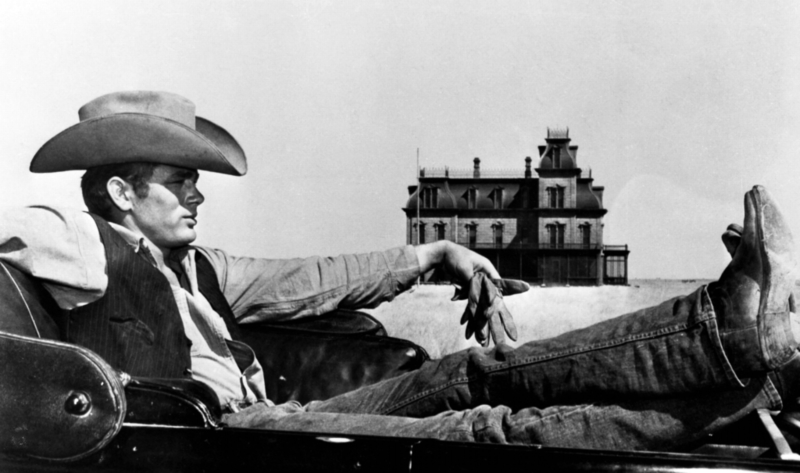
The story follows Jordan “Bick” Benedict Jr. (Hudson) and Leslie Benedict (Taylor) as they maintain their Texan family wealth and legacy. What makes Giant more unique is that it follows the character’s storylines throughout their lives and even into the next generation of Benedicts.
Treasure of the Sierra Madre (John Huston, 1948)
One of the common plots found in the Western genre was the character’s search for gold or participation in the “gold rush.” Directed by Jack Huston, the story of the “Treasure of the Sierra Madre” centered on two Americans working in Mexico who enlist the help of a prospector so they can look for gold in the Sierra Madre Mountains.
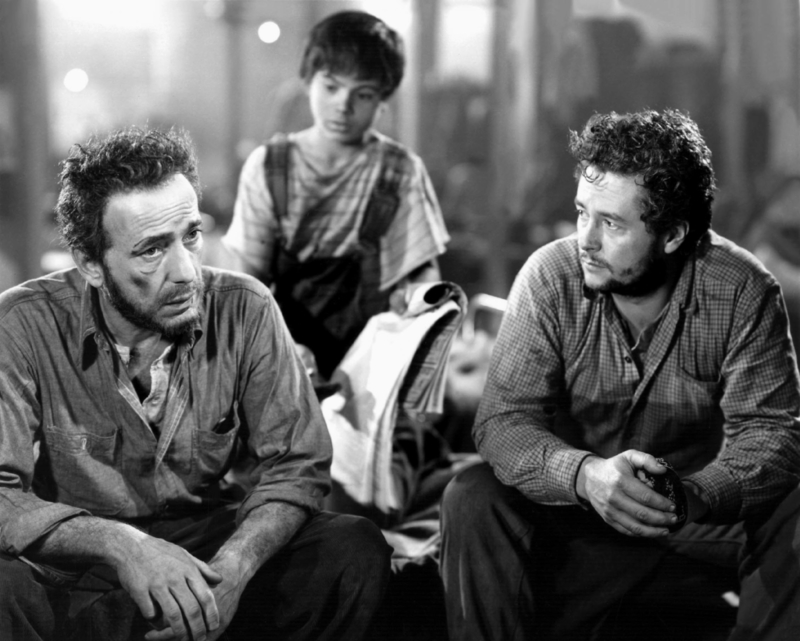
Values are tested, and the men, of course, encounter bandits on their way to striking it rich. The film starred Humphrey Bogart and another member of the Huston dynasty, Walter Huston.
Slow West ( John Maclean, 2015)
John Maclean brings us this surreal and absurd Western about a man named Jay Cavendish (Smit-McPhee) searching for his lost love Rose (Caren Pistorius), through the wild west. When he runs bounty hunter Silas Selleck (Fassbender) develops a fatherly love for him.
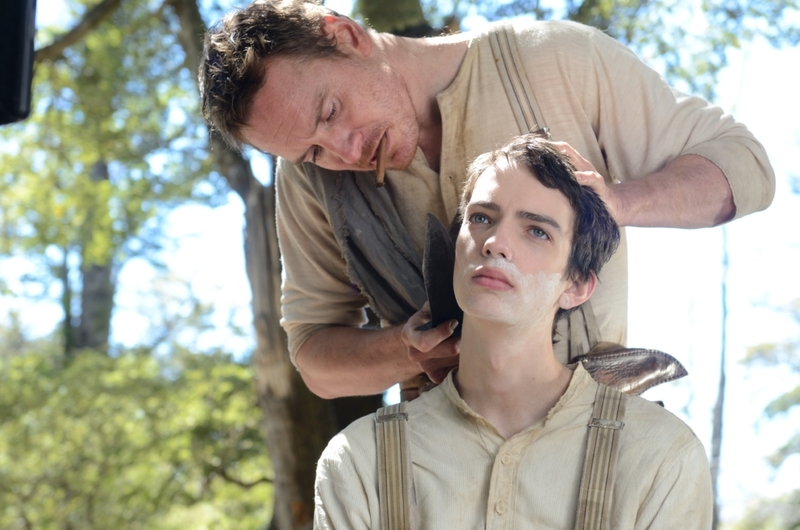
It’s a joyful, funny yet painful film that features an incredible cast.
Bone Tomahawk (S. Craig Zahler, 2015)
Combining the slow-burn Western with gritty B-movies, this film turns out a truly horrifying and brutal tale that might be a little hard to stomach. The plot revolves around four townsmen who venture into the wildness to free the prisoners held captive by a group of Troglodytes.
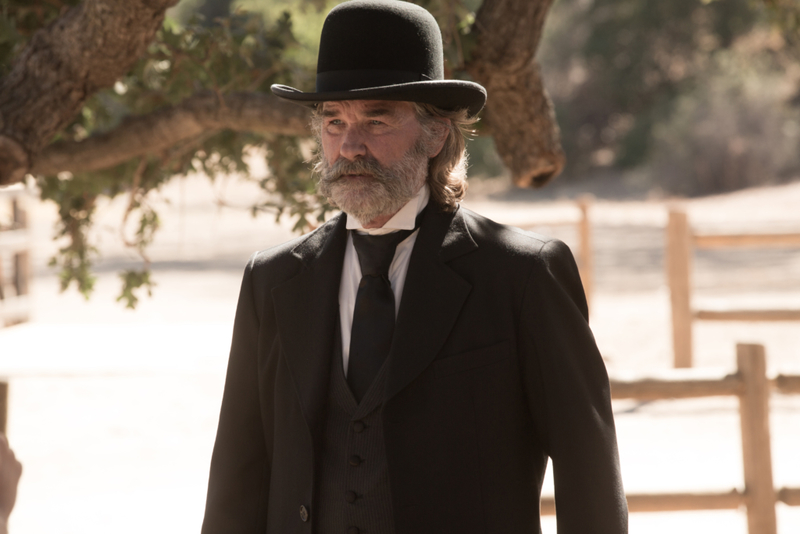
The scares grow stronger, and the cannibalistic tribe is simply terrifying.
3:10 to Yuma (James Mangold, 2007)
Another incredible remake, this time by James Mangold. This film, according to Roger Egbert, “restores the wounded heart of the Western.” Steering away from senseless violence, the film still sticks to the original story of the infamous outlaw Ben Wade (played by Russell Crowe.)
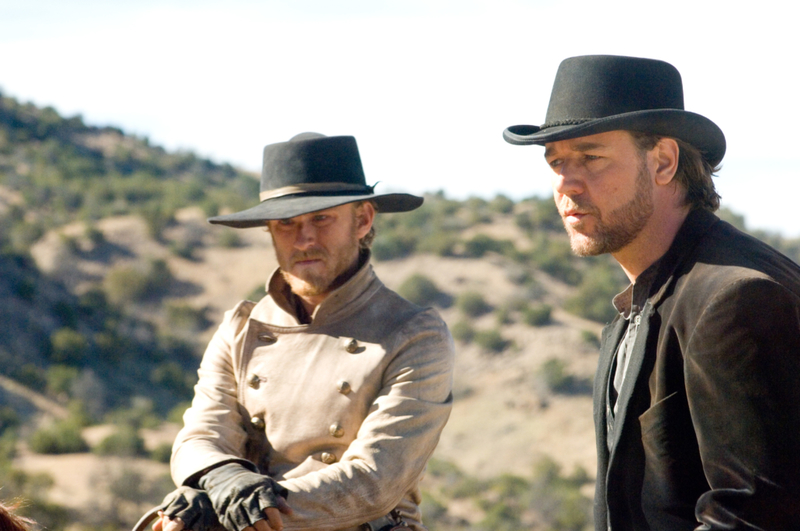
Mangold succeeds in combing the old-school foundations with contemporary style.
True Grit (The Coen Brothers, 2010)
After The Coen Brothers’ Oscar-winning sensation “No Country for Old Men,” they feared nothing, not even the Western classic, True Grit from the year 1969.
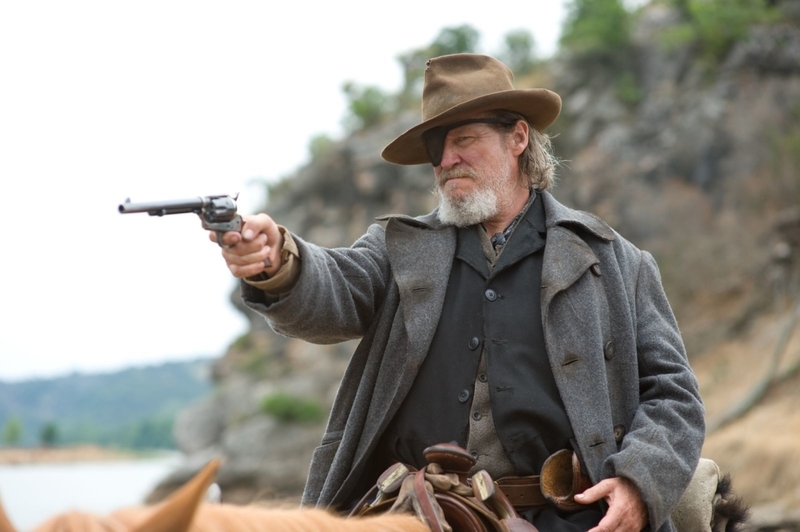
The successful remake revisits the 14-year-old Mattie Ross (Hailee Steinfeld) and the drunken U.S. Marshal Rooster Cogburn (Jeff Bridges), and there the man committed the crime against her father.
The Three Burials of Melquiades Estrada (Tommy Lee Jones 2005)
Tommy Lee Jones’ directorial debut is a soulful Western about the terribly inhumane southern border in the 2000s. The film revolves around the crime against an undocumented worker by a border agent and the friend, rancher Pete Perkins who seeks justice.
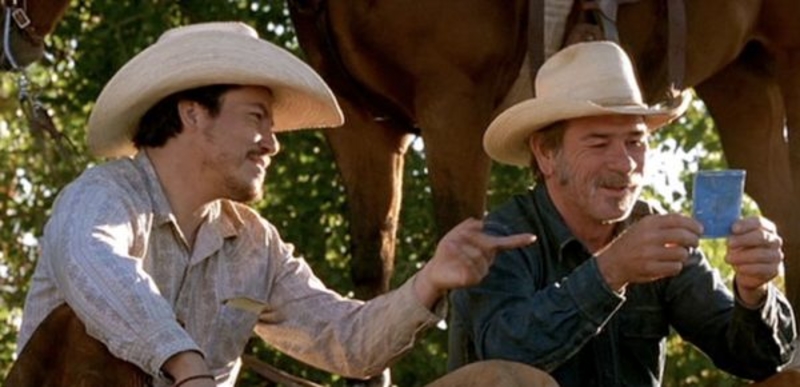
The film makes an effort to condemn racism and xenophobia, but not in a preachy way. Tommy Lee wouldn’t do that.
Johnny Guitar (Nicholas Ray, 1954)
This drama follows a saloon owner and gunslinger turned guitar player who defies the unruly townsfolk led by Emma Small. The film features one of the most epic showdowns in history.
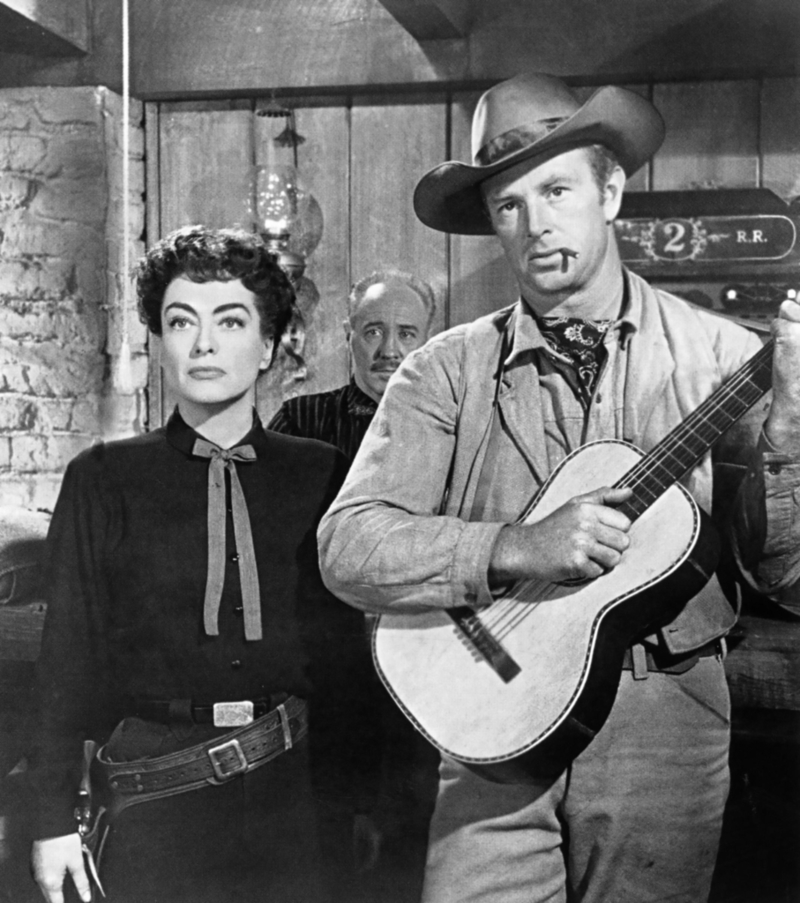
It starred Joan Crawford, Sterling Hayden, Mercedes McCambridge, Ernest Borgnine, and Scott Brady and was adapted from the Roy Chanslor novel.
The Homesman (Tommy Lee Jones, 2014)
Tommy Lee Jones (who also directs) and Hilary Swank give incredible performances in this underrated Western about a woman named Mary Bee Cuddy escaping farm life to move to Iowa. She hires a low-life drifter to assist her and her female companions on the difficult journey.
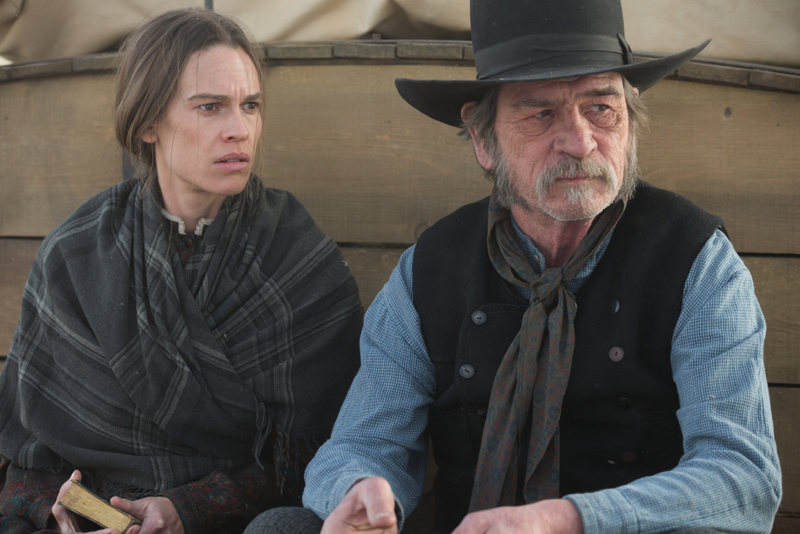
The film follows the troubled characters on their picturesque but harsh journey across the Nebraska terrain. It’s a beautiful film filled with psychological hardships.
Tears of the Black Tiger (Wisit Sasanatieng, 2000)
Our first Thai Western film on this list, “Tears of the Black Tiger” by Thai Chinese director Wisit Sasanatieng is a true triumph of Eastern cinema. It took seven years for the film to be premiered in America, but when it did, Western fans went wild.
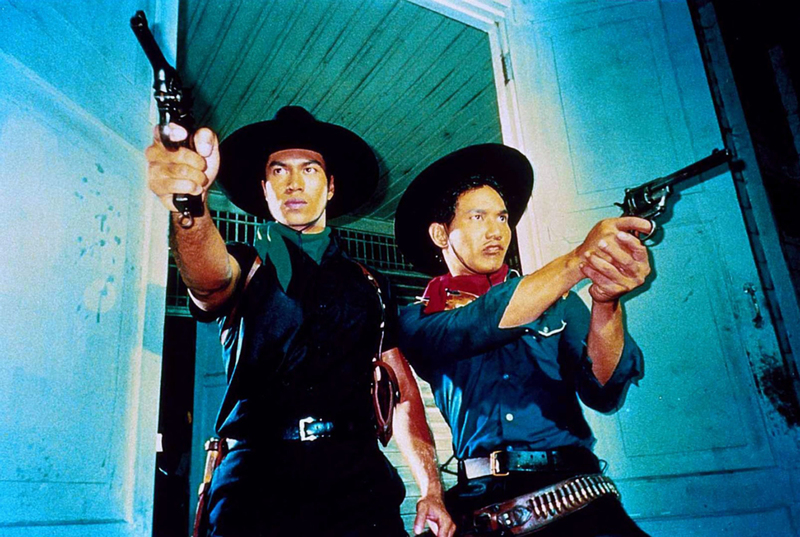
Starring Chartchai Ngamsan as Dum, a common man in love with a rich woman named Rumpoey. Their love becomes forbidden when Rumpoey’s father wants to marry her off to Police Captain Kumjorn. Dum is then forced to be the outlaw Black Tiger.
She Wore A Yellow Ribbon (John Ford, 1949)
This technicolor Western starring John Wayne that takes place on Monument Valley bursts with picturesque imagery. The story follows the journey of a retired cavalry officer. it’s certainly Wayne’s most subtle performance of his career.

The landscapes are striking in this 1949 John Ford classic.
Jeremiah Johnson (Sydney Pollack, 1972)
Robert Redford stars as a rugged mountain man who has turned his back on humanity in this existential Western by Sydney Pollack.
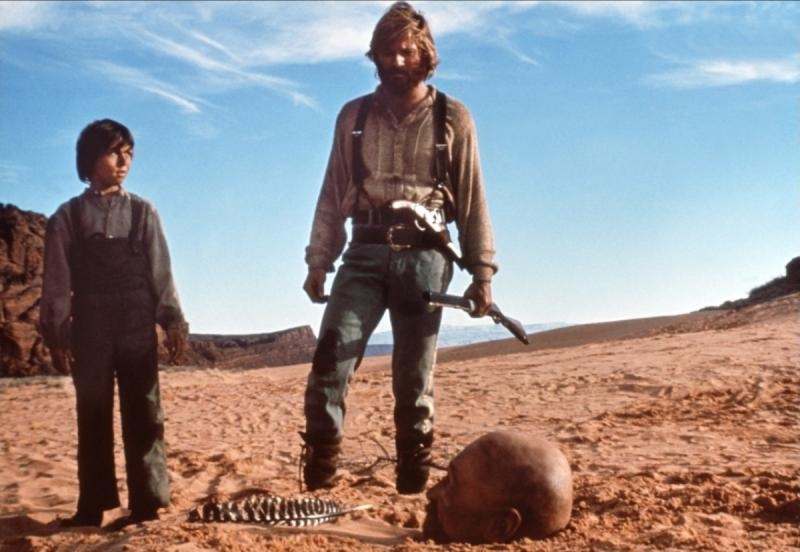
It’s a real visual stunner filled with a brilliant cast.
Bend of the River (Anthony Mann, 1951)
Glyn and Emerson play two buddies who lead a wagon train along the Columbia River Valley in search of a new settlement. The two end up going head to head when Emmerson (Arthur Kennedy) decides to rob and sell the passengers’ belongings for cash. Glyn (James Stewart), however, remains commuted to the traveling settlers.
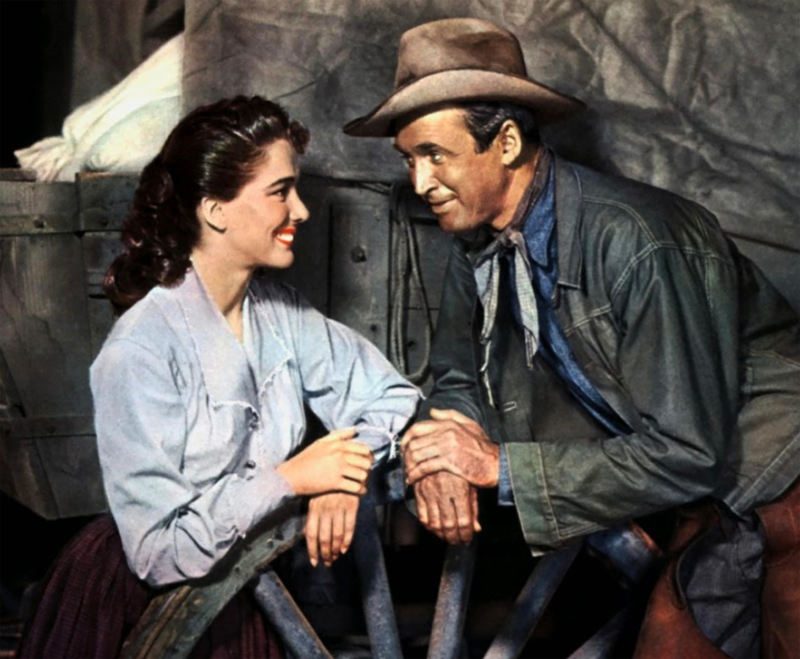
Director Anthony Mann’s film is an allegory for the divide between the culture of production and the culture of consumption that defined the 1950s.
The Big Gundown (Sergio Sollima, 1966)
Jonathan Colorado Corbett, the Bounty hunter (Lee Van Cleef), makes his way through Texas and Mexico to catch a supposed murderous bandit named Manuel Chuchillo Sanchez (Tomas Milian.)
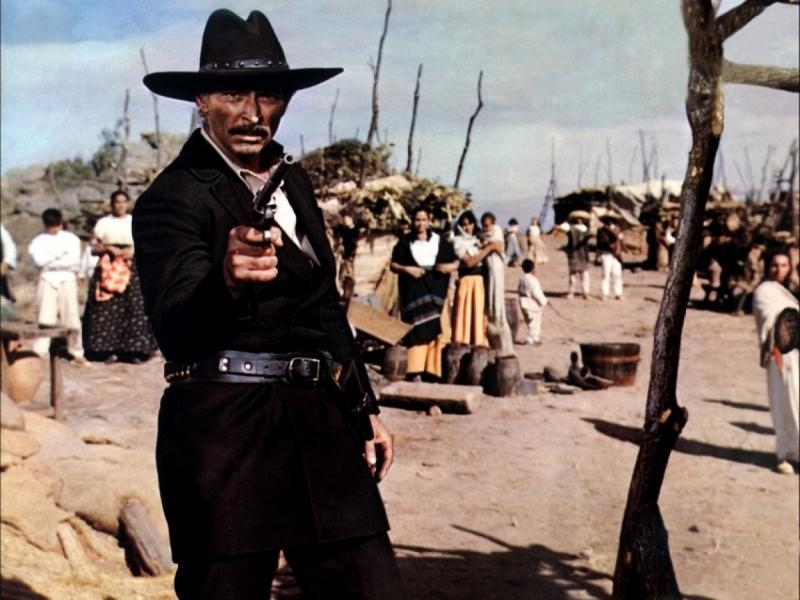
Spaghetti Western legend Sergio Sollima’s film is considered to be an allegorical tale of North America’s interference in Latin America. Watch this if you can take all the harsh social commentary.
Man of the West (Anthony Mann, 1958)
Link Jones (Gary Cooper) plays a former outlaw living a righteous life who gets thrown back into disarray when his old gang decides to take him and some innocent people captive.
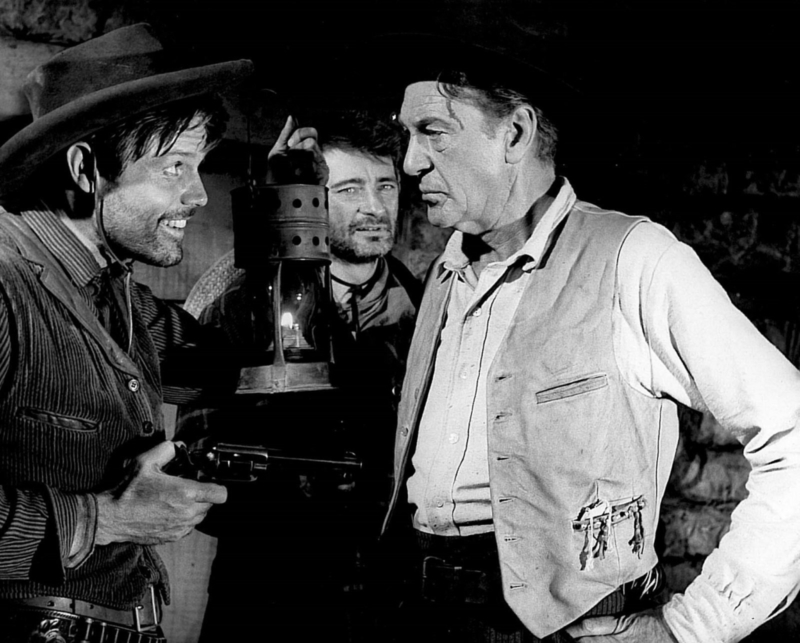
Pushed into violence, Cooper is forced to face the sadistic gang leader Dock Tobin (Lee J. Cobb.)
For a Few Dollars More (Sergio Leone, 1965)
The second installment of Sergio Leone’s “Man With No Name” Trilogy follows Clint Eastwood, this time joined by Lee Van Cleef.
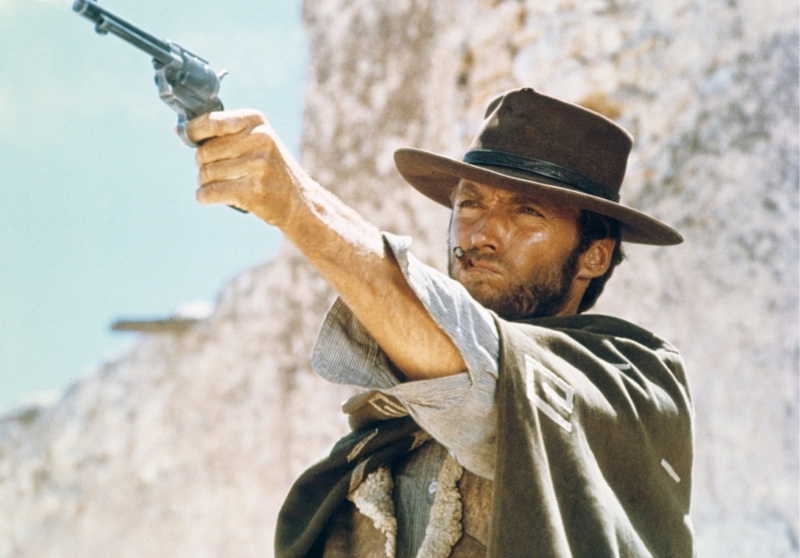
The film follows the bounty hunters in their pursuit of a deranged bandit named El Indio, played by the great Gian Maria Volanté.
The Quick and the Dead (1996, Sam Raimi)
Gene Hackman must have a knack for playing sadistic characters as he once again plays a cruel-hearted sheriff in The Quick and the Dead. The super-stylized Western brings out the big guns by showcasing all the best gunslingers in the West for a quickdraw duel.
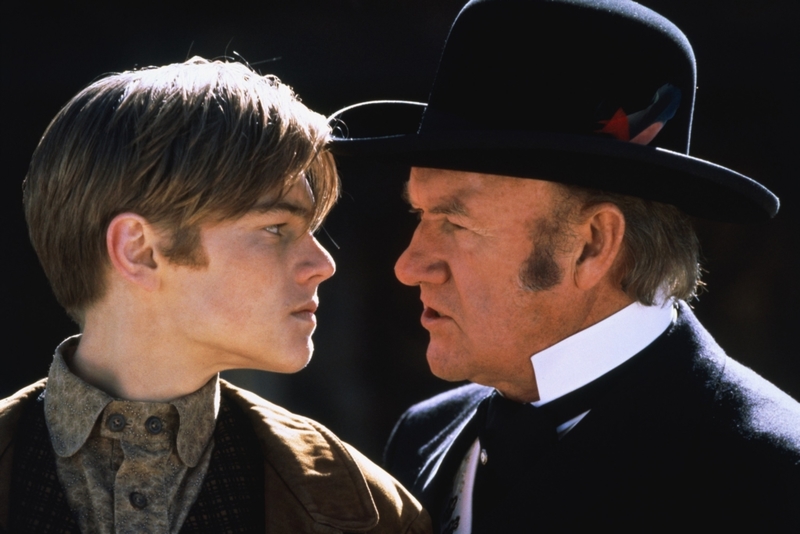
The winner is up for a huge prize, and of course, gets to keep his life. Things heat up when Russel Crowe, who plays a priest, enters the tournament and guns for Hackman over a past incident. There’s a young Leo, too!
Compañeros (Sergio Corbucci, 1970)
The greatest Spaghetty Western comedy you’re ever likely to see, Compañeros features some major heavyweights of the time, including Franco Nero and Tomás Milián.
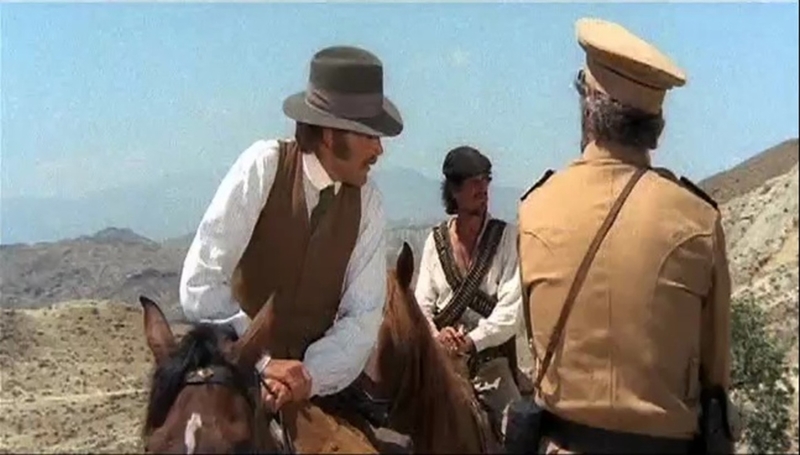
The film revolves around a Swedish arms dealer and a rowdy revolutionary leader. Together they go up against the one-handed feind, Jack Palance.
The Indian Fighter (André De Toth, 1955)
This revisionist Western features Johnny Hawks (Kirk Douglas) attempting to stomp out fires after Wes Todd (Walter Matthau) dupes the Sioux.
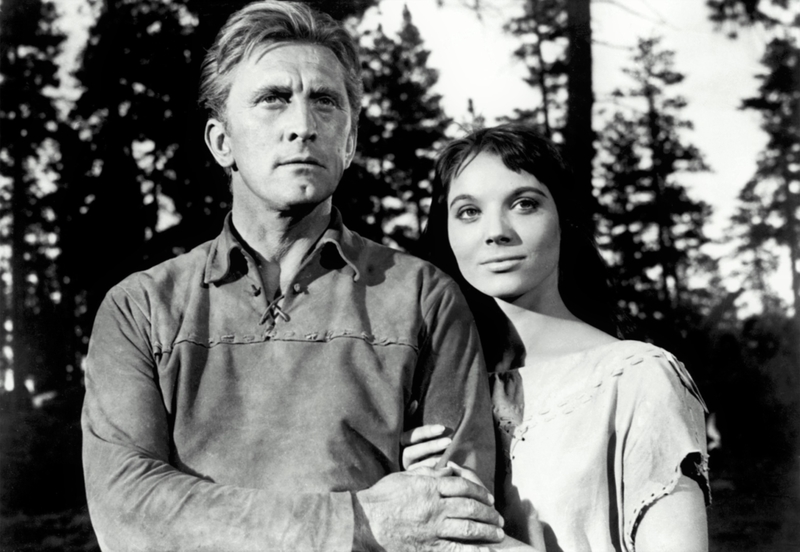
This breath of fresh air takes a pro- Native American stance. Set in the gorgeous Oregon Trail, Ande de Toth turns this film into a visual delight.
The Hanging Tree (Delmer Daves, 1959)
The Hanging Tree features Gary Cooper as a righteous gunslinger and a bunch of morally questionable townsfolk. Similar to High Noon, the story at its core is about the indescribable bonds between people in a wretched world.
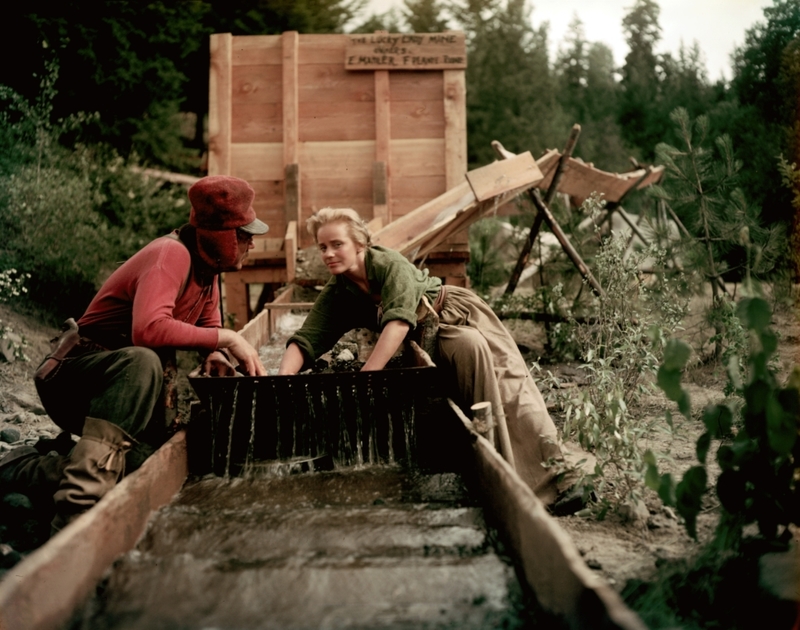
Maria Schnell, who plays a stagecoach victim of a robbery, is totally as captivating.
My Name is Nobody (Tonino Valerii, 1973)
This Western comedy stars the brilliant Henry Fonda back in Leoneland. Trading in his villainous scowl for some respectable spectacles, the actor plays an aging gunfighter who just wants peace.
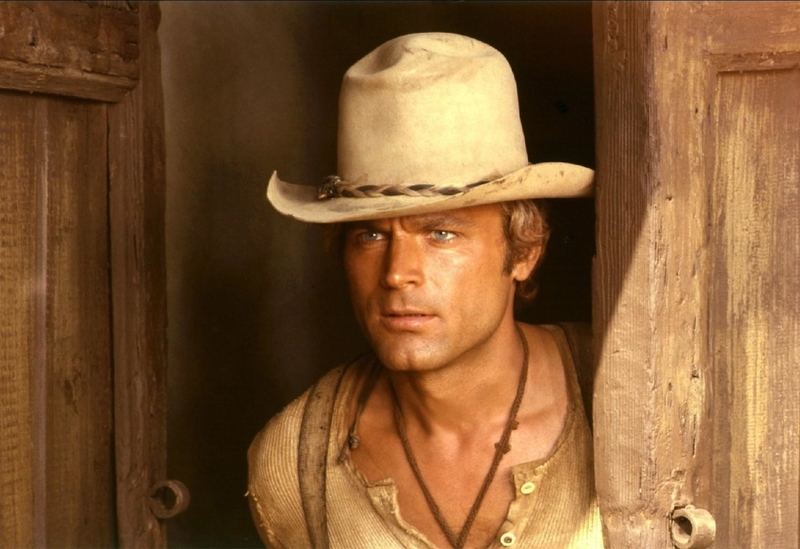
Unfortunately, he finds that he is cornered at just about every turn by young up-and-comers trying to prove themselves. There’s one young upstart in particular named Nobody (Terrence Hill), and he is hell-bent on seeing the legendary gunfighter finally meet his demise.
The Naked Spur Director (1952, Anthony Mann)
Director Anthony Mann steers away from the typical Western terrain of arid deserts and tumbleweeds and sets up this tale in the foresty mountains of California. Here, Howard Kemp (Jimmy Stewart) plays a gloomy bounty hunter in desperate need of the reward on the head of an outlaw.
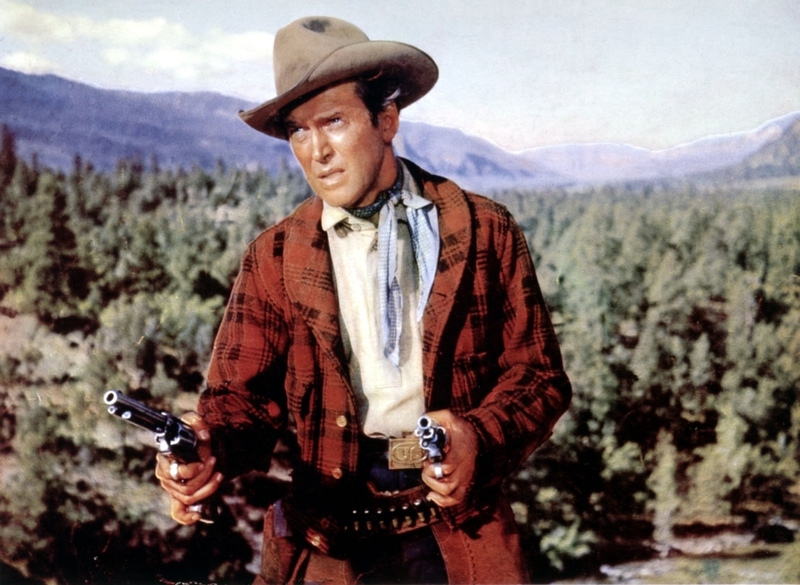
We can begin to see the seeds of the dark, brooding personality that cemented his career in Vertigo.
The Searchers (John Ford, 1956)
Of all of the Western films that Wayne starred in, this one is known for being one of, if not his absolute best. It’s both influenced and made an appearance in several other films and television shows, including Martin Scorsese’s 1967 film, Who’s That Knocking at My Door, in which two of the characters have a conversation about it.

The film has high ratings on nearly every movie critic website, including Rotten Tomatoes, Roger Ebert, and IMDb. Directed by John Ford, it follows Wayne, playing a Civil War veteran on the hunt for his abducted niece. Of course, he’s actually hunting her, not trying to rescue her, as one may assume.
The Wild Bunch ( Sam Peckinpah,1969)
The film, which stars William Holden, Robert Ryan, and Ernest Borgnine, is known for being controversial for its time. These days, graphic violence is pretty much expected in certain types of films. But in the late ’60s, it was just starting to emerge.
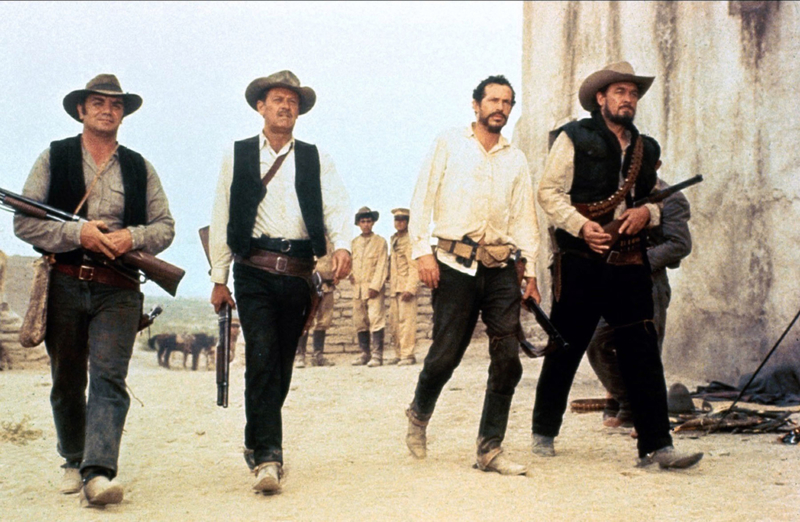
Sam Peckinpah directed and co-wrote the revisionist movie, which was deemed as “culturally, historically, and aesthetically significant,” by the U.S National Film Registry in 1999. Now, it’ll be forever preserved in the Library of Congress as such.
Blazing Saddles (Mel Brooks, 1975)
Since it hit the theaters, the film has become a multi-generational classic. It took the audience by storm, shining a satirical light on social issues like no other film before it. There were countless firsts that resulted from the film, and several of those who were brave enough to partake in its making wound up being nominated for (and some even winning) awards for their efforts.
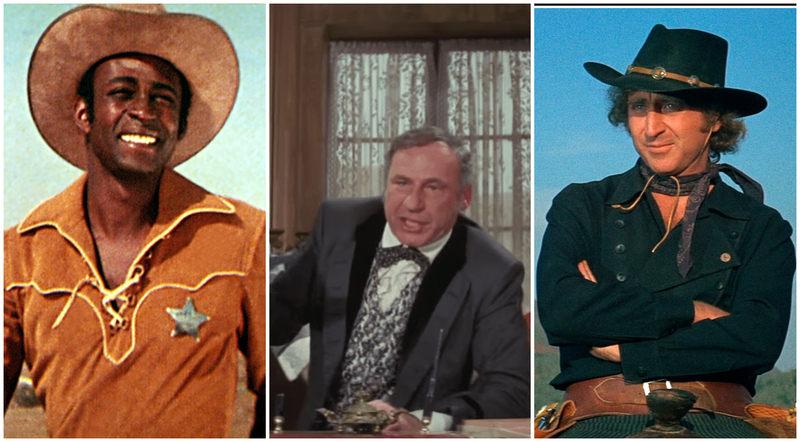
But putting the finished product together was no easy feat. From casting to getting the studio’s approval, writer/director Mel Brooks and his team had a tough time bringing the story to life. In fact, there was one point at which the film was nearly canceled entirely.
The Good, the Bad and the Ugly (Sergio Leone, 1966)
This 1966 epic spaghetti Western stars Clint Eastwood, who teams up with an outlaw in the Southwest during the Civil War to take out a sinister villain. It has a 97% fresh rating on Rotten Tomatoes and is widely regarded as the best of all Spaghetti Western films.
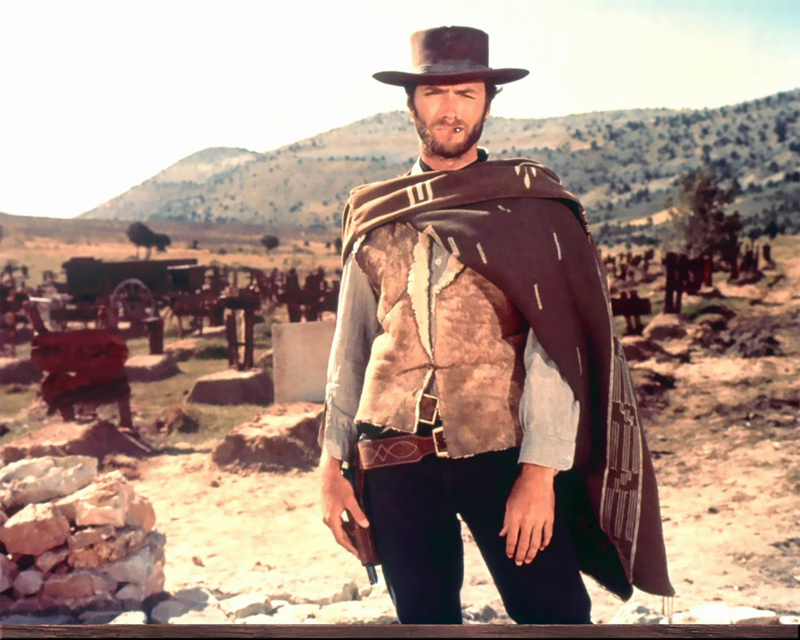
Many more recent films have paid tribute to the classic western. One of them is Quentin Tarantino’s 1992 movie Reservoir Dogs when he creates a cinematic nod to the famed standoff scene. Stephen King also said that the film was his inspiration behind his novel, The Dark Tower: The Gunslinger.
Tombstone (George P. Cosmatos, 1993)
Most people know about the 1993 classic American Western film Tombstone. Thanks to its star-studded cast, the film was somewhat of a renaissance for the genre and helped it gain popularity once again.
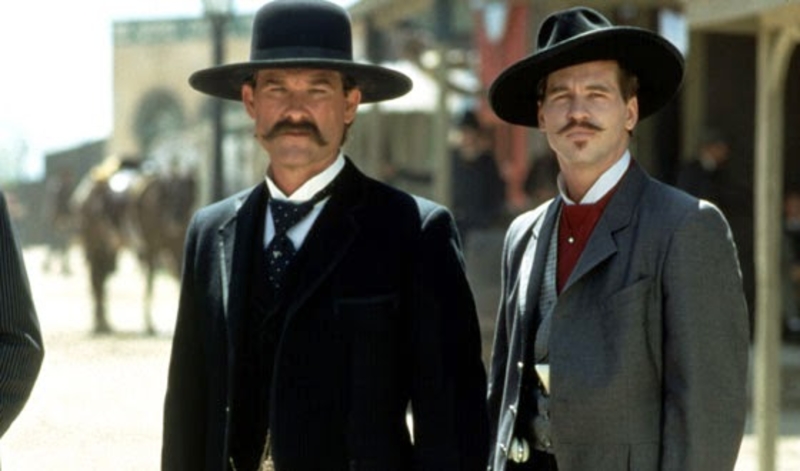
While the production of the film was shrouded in controversy, the film, starting the brilliant Val Kilmer and Kurt Russel, brought the western back to life for people in the 90s.
Unforgiven (Clint Eastwood, 1992)
In this classic revisionist western, a cold-blooded killer turned pig farmer begrudgingly accepts one last job, and of course, all hell breaks loose. This film is entirely a Clint Eastwood production with him in front of and behind the camera. No wonder it’s a masterpiece that deservedly won an Oscar.
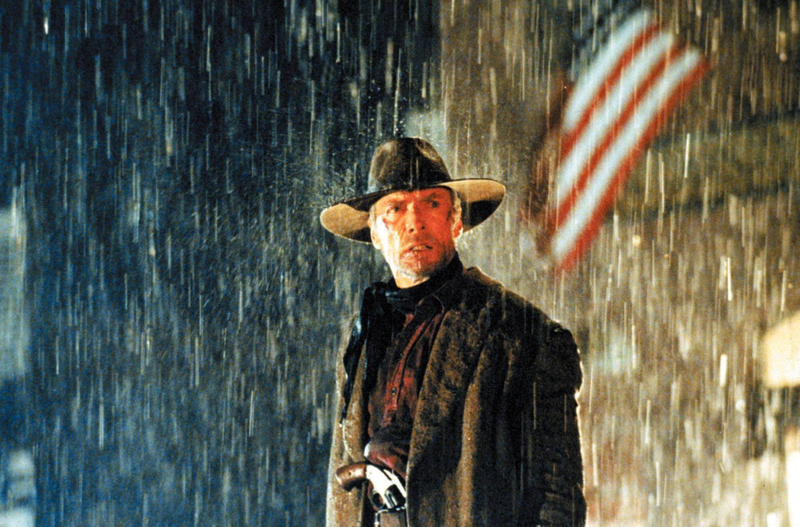
Eastwood in a western? It’s a guaranteed success.
McCabe & Mrs. Miller (Robert Altman, 1971)
One of the more unconventionally flavored western films out there, Robert Altman’s great western feat follows a fast-talking gambler named John McCabe (Warren Beatty.)
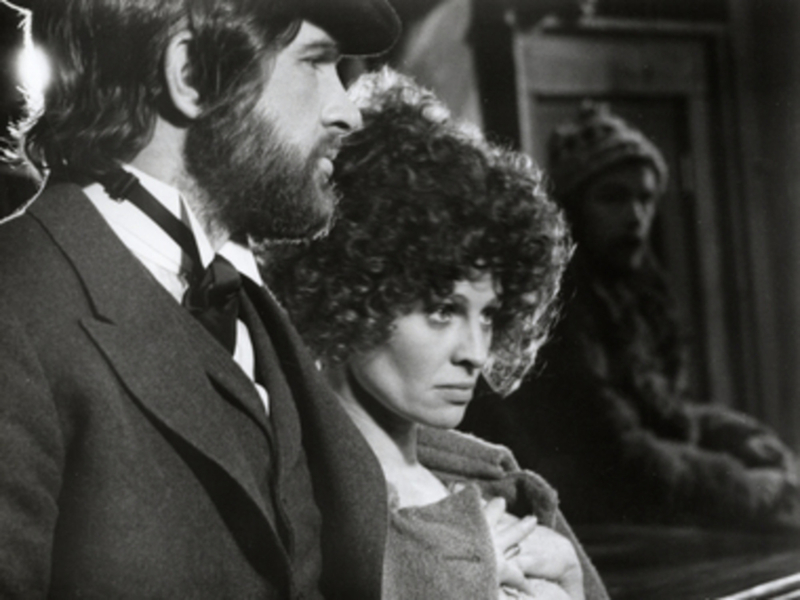
Unfortaunegly for John, while he wins over the residents, the sharp Constance Miller sees right through him.
Back to the Future Part III (Robert Zemeckis, 1990)
This third installment of the beloved trilogy acts as a hilarious commentary on the sometimes absurd genre. The film features a comical standoff between Doc, Marty, and the most Yosemite Sam’d member of the Tannen clan.
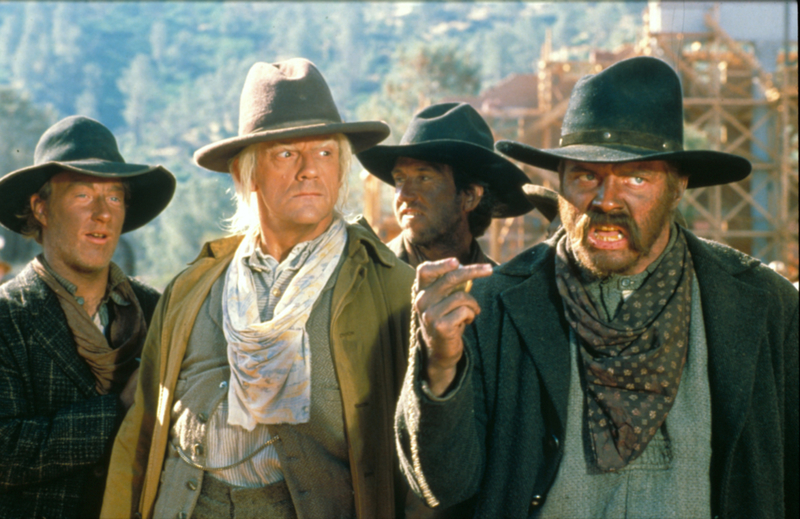
There’s no shortage of gags here, especially in the first act. A lot of kicking up dust and a lot of “horsin’ around”!
There Will Be Blood (Paul Thomas Anderson, 2007)
This loose adaptation of “Oil!” by Upton Sinclair centers around the ambitious and greedy Daniel Plainview played by the incomparable Daniel Day-Lewis.
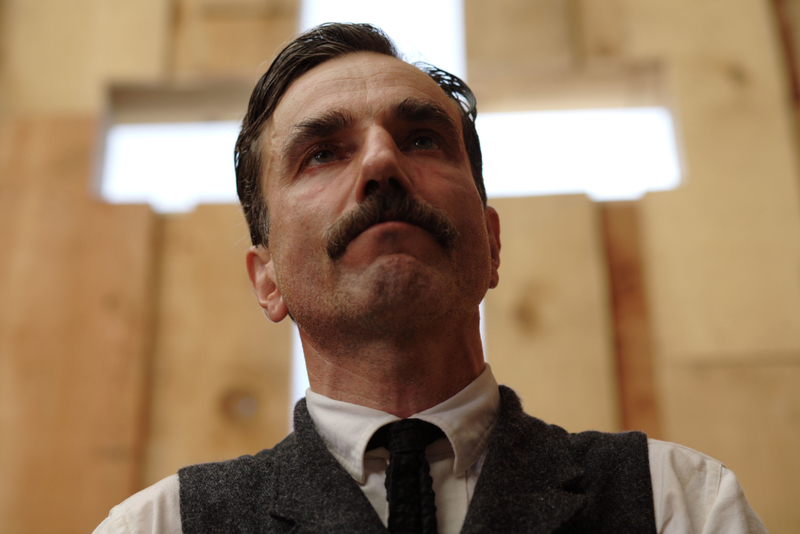
The film brings together the clashes of business and region and business, sanity, and madness into one explosive world. This truly one of the greatest western films in recent cinema history.
The Man Who Shot Liberty Valance (John Ford, 1962)
In keeping with the John Ford films, The Man Who Shot Liberty Valance tells the story of a skilled gunman and the power of the mythical hero.
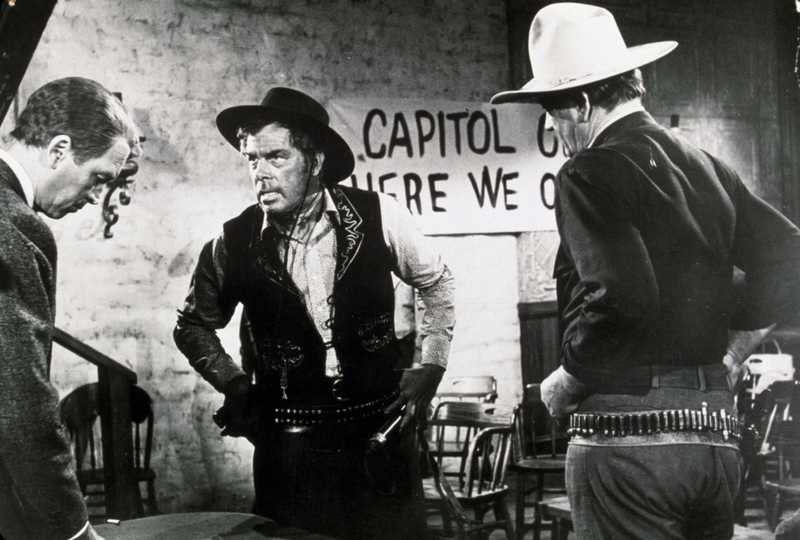
It Ford’s purest expression of the Old West and a film fit for the quintessential John Wayne character,
Fort Apache (John Ford, 1948)
A typical John Ford portrayal “xenophobic” portrayals of Native Americans. It was 1948, after all. At least we get to see how frontier tradesmen illegally sold weapons and toxic whiskey to the Native Americans.
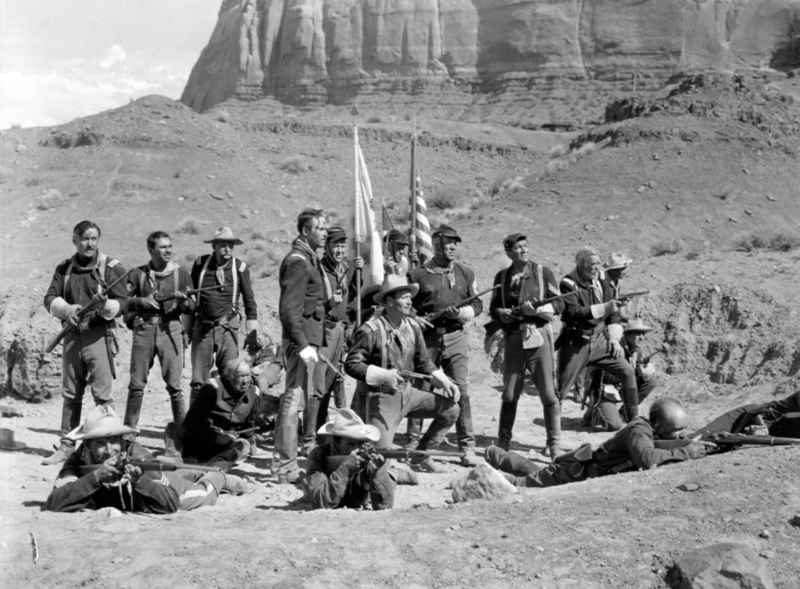
The final act shows how terrible the decision results in the senseless deaths of men on both sides. A classic and genre-defining film nonetheless.
Django Unchained (2012, Quentin Tarantino)
This is an amazing tale of an African-American slave who does everything in his power to find and recover his slave wife, Broomhilda. During his journey, he partners with a headhunter, Dr. King Schultz, and becomes his student and later, his partner. This gory lovefest is truly one of the best action films of the decade and received numerous awards and nominations.
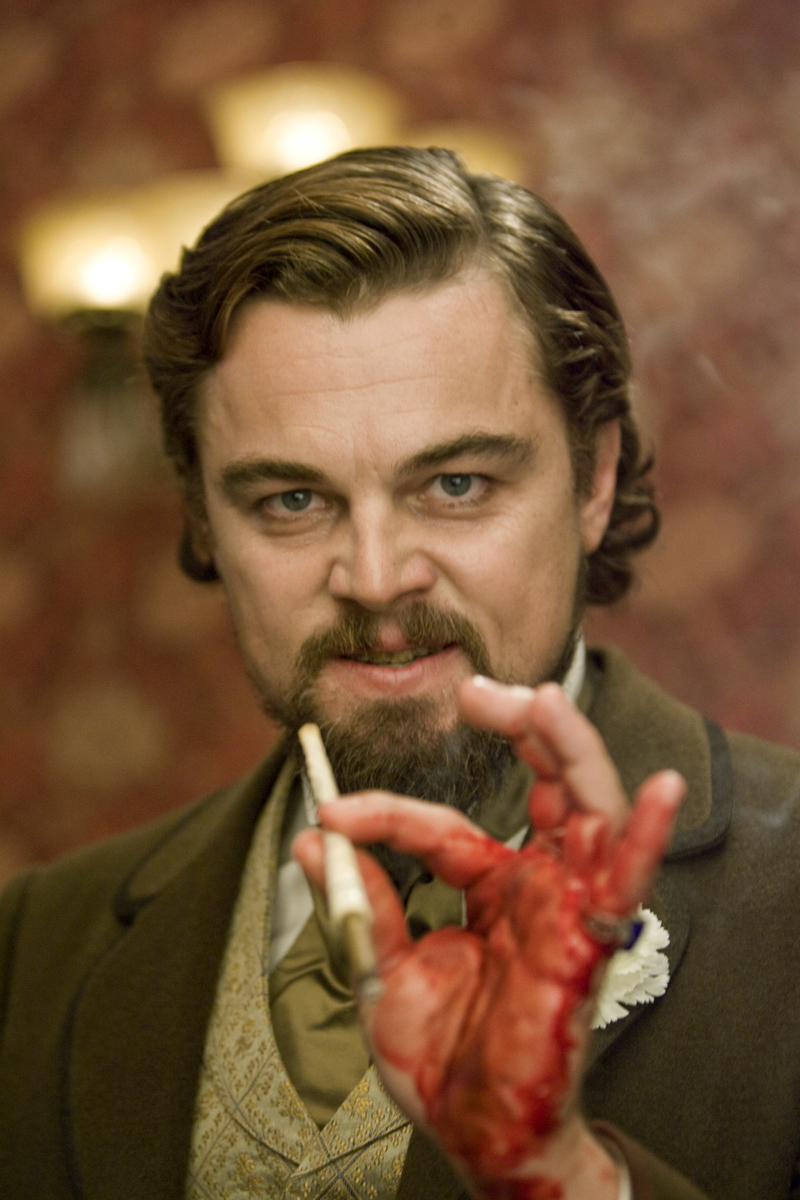
Leonardo DiCaprio plays the “Monsieur” Calvin J. Candie, a psychopathic plantation owner who owns Django’s wife. During one of the more intense scenes of the film, DiCaprio got so into his monologue that he accidentally smashed a glass in his hands and was profusely bleeding for the rest of the scene. Instead of stopping the scene, he not only continued to act but also smeared the blood on actress Kerry Washington’s face to make it more intense. Now that’s what intense method acting looks like!
Meek’s Cutoff (2010, Kelly Reichardt)
Considered to be even anti-western, “Meek’s Cutoff” is still a must for this list. The film explores the vast and neverending west and omnipresent violence rather than the occasional gunfights.
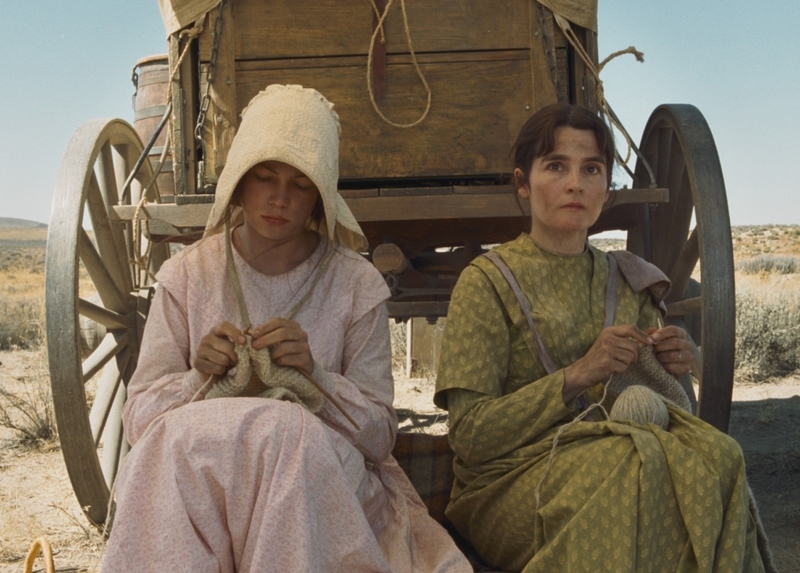
Enjoy the scene of the Oregon desert and a brilliant Michelle Williams performance.
Lone Star (1996, John Sayles)
This masterpiece somehow flew under the radar. Chris Cooper portrays a curious Lone Star named Sam Deeds who sets out to solve the 25-year-old murder of a sadistic predecessor. Sam digs up a dirty past that possibly even involves his own father.
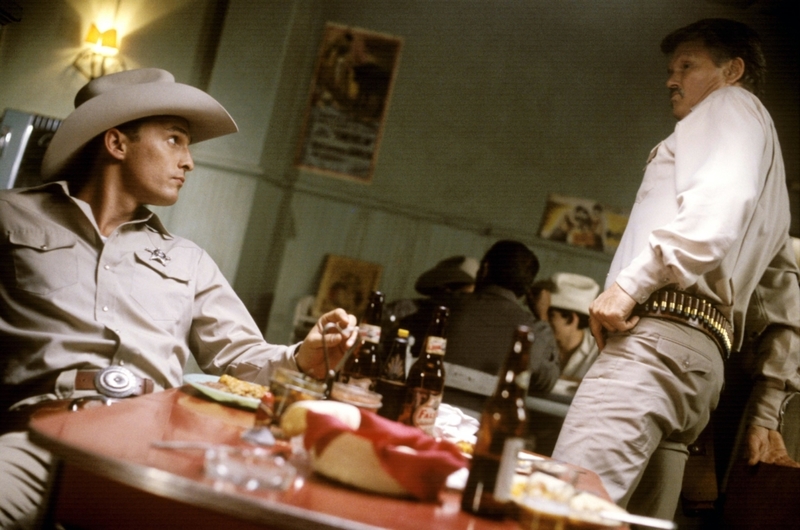
This rich and complex film juggles many characters like an acrobatic act!
Track of the Cat (William A. Wellman, 1954)
In the midst of the harsh California winter, members of a ranching family are quarreling among themselves while the two sons go hunting for the panther that is killing their cattle.
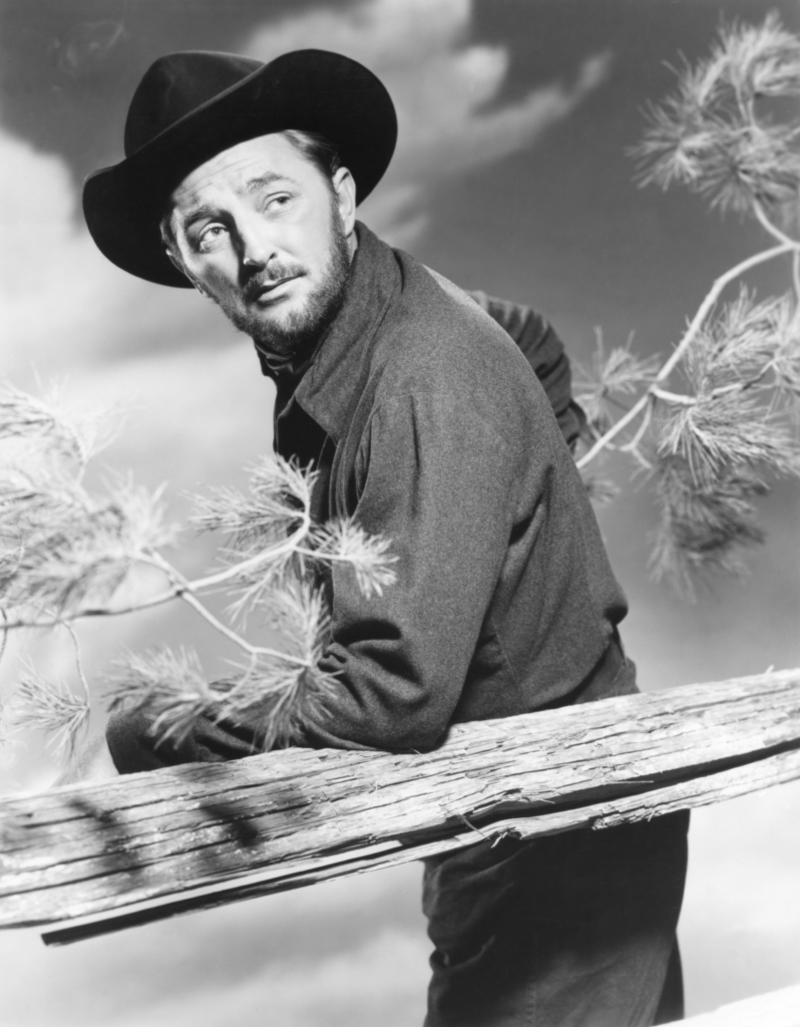
The reveal of a black panther that drives the story becomes part of a grander metaphor for the root of the family’s issues. Thanks to A.I. Bezzeride’s screenplay, the story never loses its grip.
Forty Guns (Samuel Fuller, 1957)
Some Western romance we have here. When a cattle queen gun “lord” falls for an upstanding sheriff, things get messy. There are a lot of guns and a lot of violence, but at least a feel-good Hollywood “fixes it all” moment.
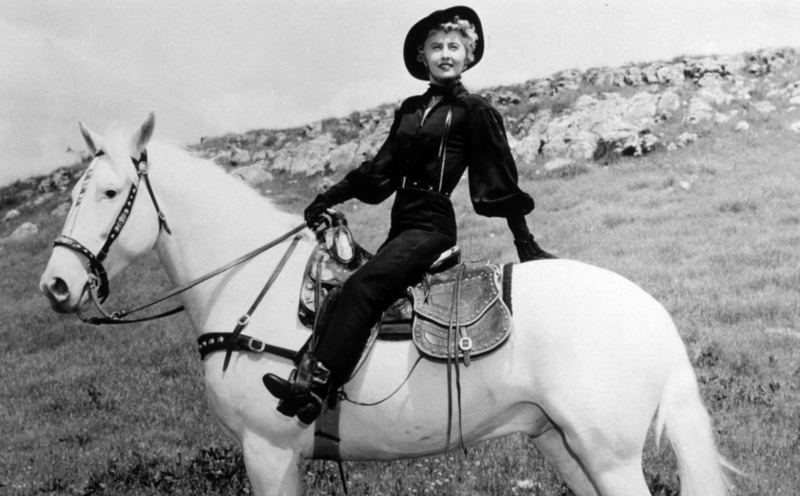
It’s also interesting to know that this Samuel Fuller classic had a ridiculously low budget was shot in 10 days.
Day of the Outlaw (André De Toth, 1959)
Cattleman Blaise Starrett (Robert Ryan) and farmer Hal Crane (Alan Marshal) get into a nasty dispute that borders on danger. That all changes when their town is under siege from a band of thugs. Our hero Starrett rises to the challenge and attempts to restore his name.
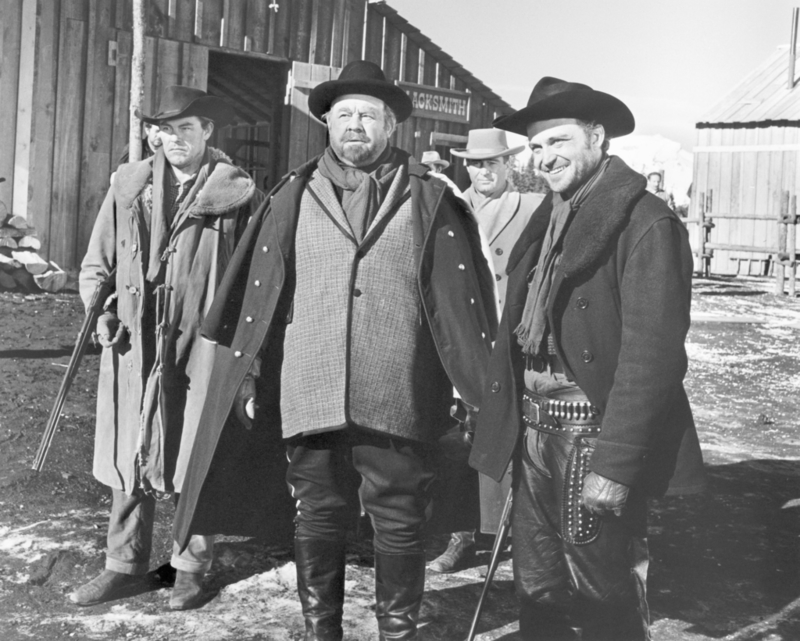
With great cinematography that captures the helpless townspeople, André De Toth creates a truly gripping western.
3:10 to Yuma (Delmer Daves, 1957)
Like pretty much every western made, 3:10 to Yuma explores masculinity and the struggle to restore balance to his community. This time, this classic western follows an impoverished rancher who suffered from a drought and his risky job accompanying an outlaw to justice.
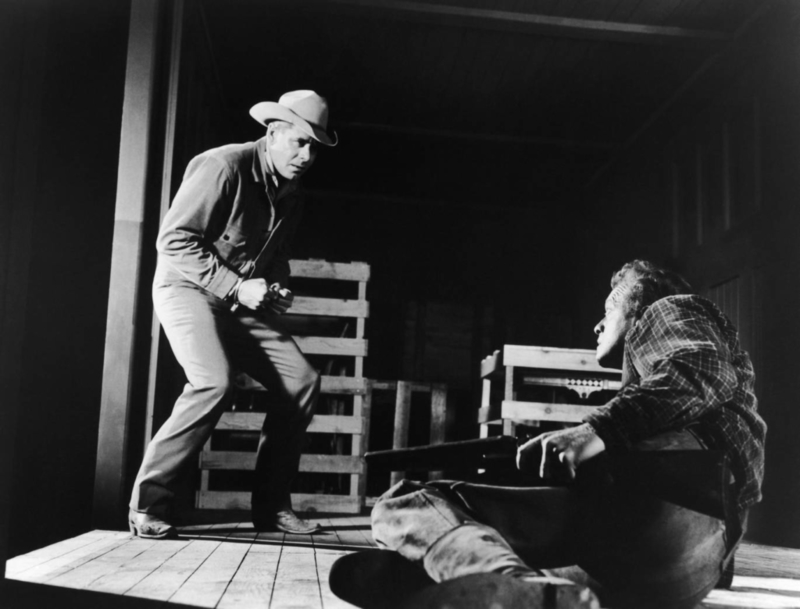
The film is based on a 1953 short story by Elmore Leonard and even inspired a remake starring Russel Crowe.
The Assassination of Jesse James (2007)
This western revisionist film dramatizes the relationship between “wild west” legends Jesse James (Brad Pitt) and Robert Ford (Casey Affleck) and causes on the events that led up to the actual assassination. Beyond the gripping story, the film has one of the best scores in recent cinema.
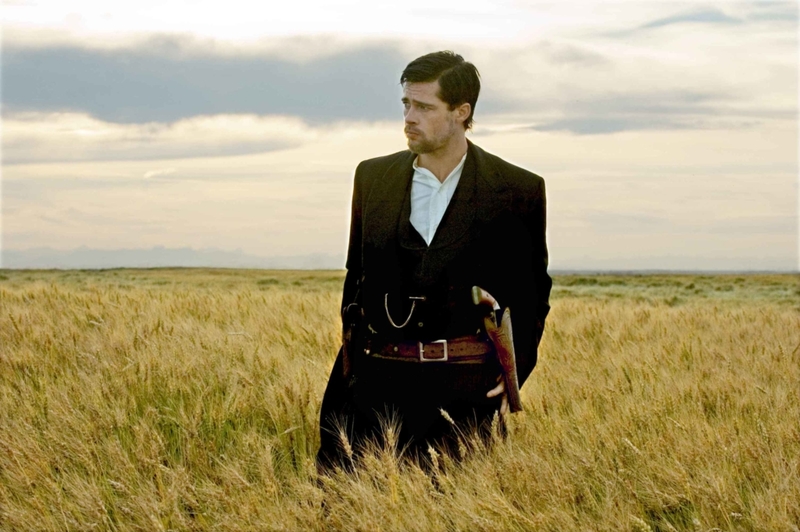
Oddly enough, it’s taken about 10 years for this film to get the recognition it truly deserves.
A Fistful of Dollars (Sergio Leone, 1964)
The film has aged really well considering it’s from 1964. The Man With No Name (Clint Eastwood) rolls into a village of San Miguel in the middle of a power struggle between the Rojo brothers. Of course, Eastwood inserts himself right into the battle with plans of his own.
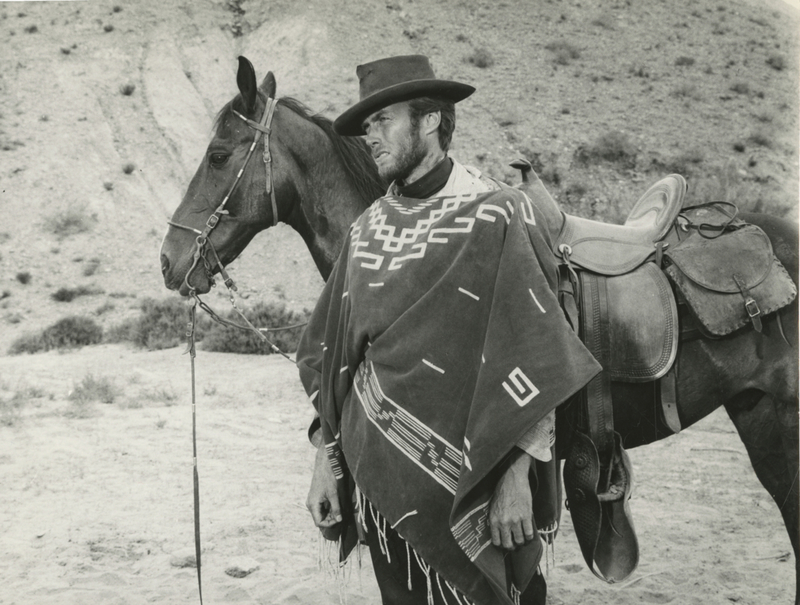
Shots of menacing faces and forbidding landscapes almost make this western feel like a comic book.
No Country for Old Men (Joel and Ethan Coen, 2007)
The Coen brothers can’t do much wrong, and it becomes evident as ever here. This masterful script based on Cormac McCarthy’s novel captures the disparities between young and old.
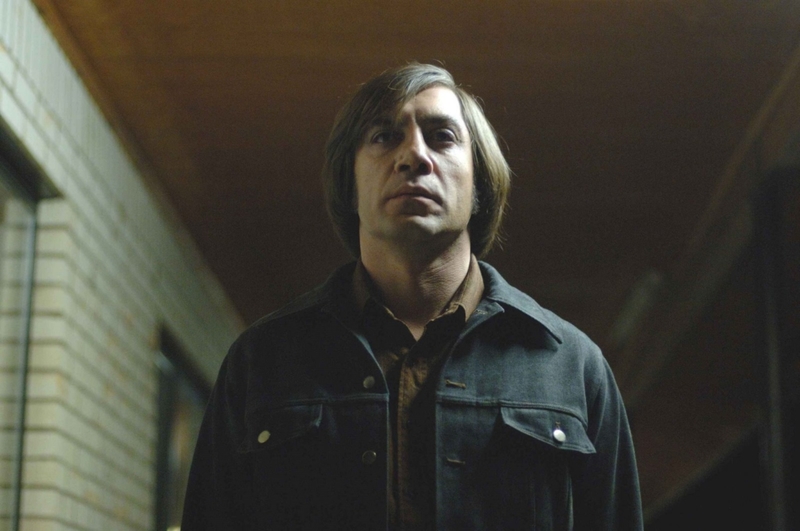
The Coens, together with their prized director of photography, Roger Deakins, shed light on the viciousness that took place in the vast wild region of the western landscape.
Bad Company (Robert Benton, 1972)
What starts out as an odyssey to the “promised land” of American riches evolves into something far more dark and even bizarre. Jake (Jeff Bridges) and his buddy have stripped of their dreams and even dignity thanks to a cruel gang of roaming bandits.
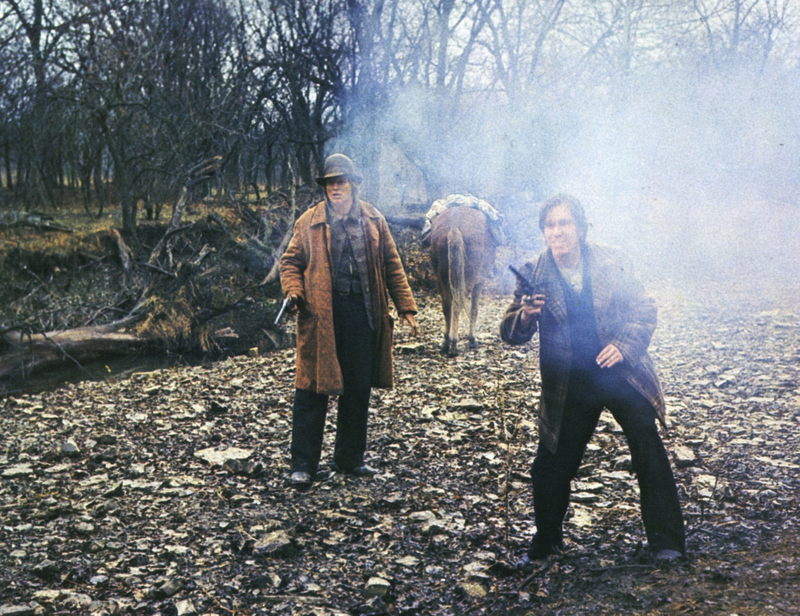
It’s a dog eat dog world out there.
The Ballad of Cable Hogue (Sam Peckinpah, 1970)
“The Ballad of Cable Hogue” production caused quite a stir at the time. It went over the budget by three-million dollars and continued 19 days after schedule. That being said, the film that was shot in the desert landscapes of Nevada ended up being a masterful commentary on American despair.
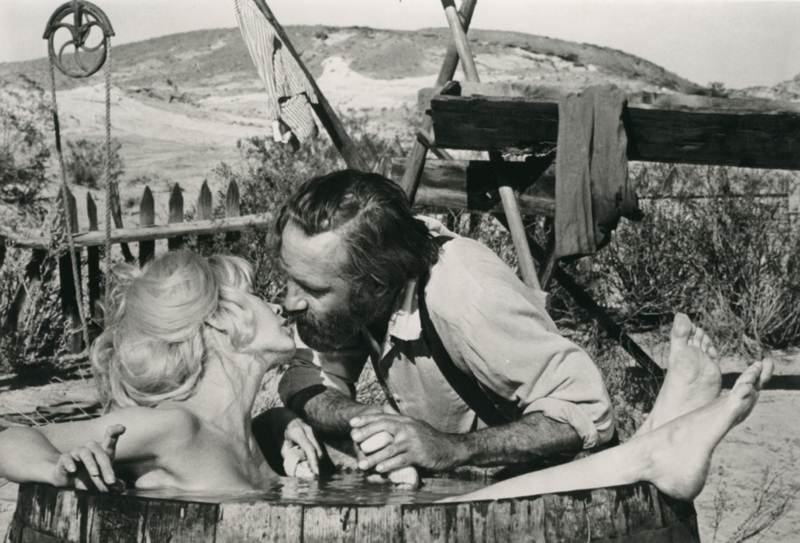
Sadly due to production issues, Holywood lost interest in Peckinpah after this film. But we sure didn’t!
Pale Rider (Clint Eastwood, 1985)
When a snowy mountain is pillaged over a land ownership battle during the early Gold Rush, all notions of money and land play into the grand struggle for power in America.
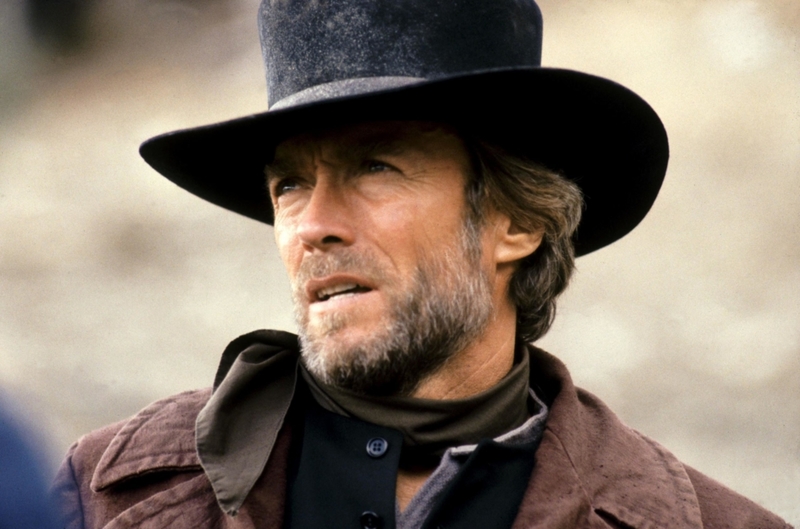
This Clint Eastwood blockbuster, while special in its own right, somewhat resembles “The Unforgiven” and could even be considered as a trial run.
Vera Cruz (Robert Aldrich, 1954)
This film certainly offers a punch. A countess and her gold need to be transported to Vera Cruz, a port city in the Gulf of Mexico. Along the way, various alliances are created as much as they are double-crossed. It’s a game of wits executed perfectly by the brilliant Robert Aldrich.
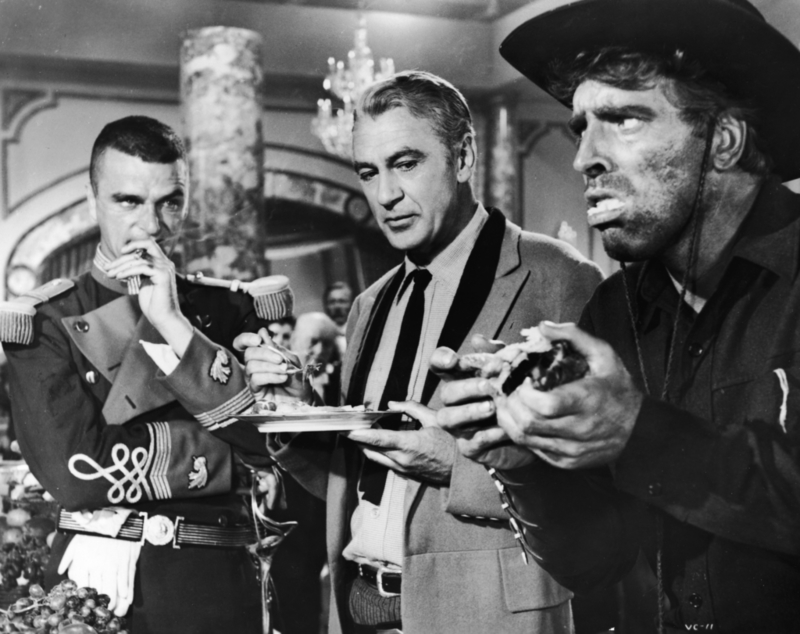
It’s also great to see the genre-expanding into new landscapes.
Run of the Arrow (Samuel Fuller, 1957)
Run of the Arrow follows Private O’Meara, a Confederate soldier who ends up living with a Native American tribe. One could even credit this film for inspiring Kevin Costner’s “Dances with Wolves.” Unfortunately, in true 1950’s fashion, the Native American characters are all played by clearly Caucasian actors.
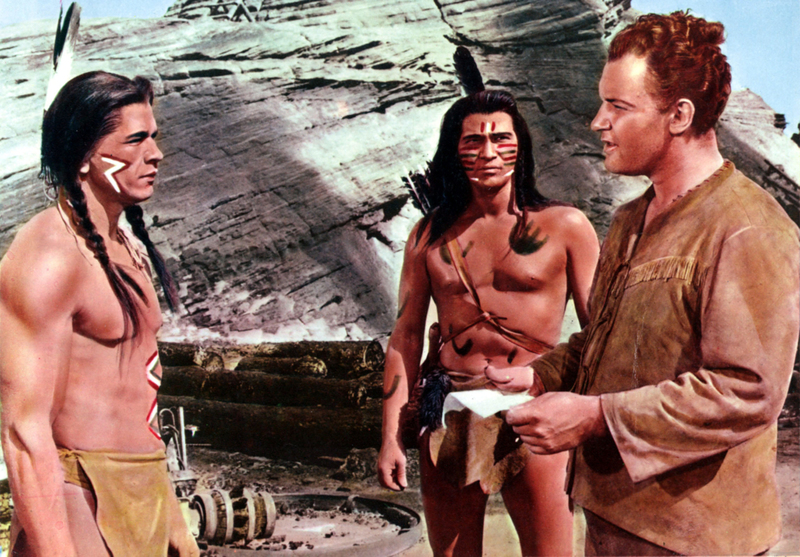
Not entirely helpful in the authenticity department. Still, the film manages to depict the deductive nature of bigotry in its own Hollywood way.
The Wind (Victor Sjöström, 1928)
This Swedish western follows the captivating tale of an East Coast woman forced into an unwanted marriage. Left to suffer in a windy cottage, our protagonist ( played by Lillian Gish) gets swept up by the literal wind (hence the importance of the name.)
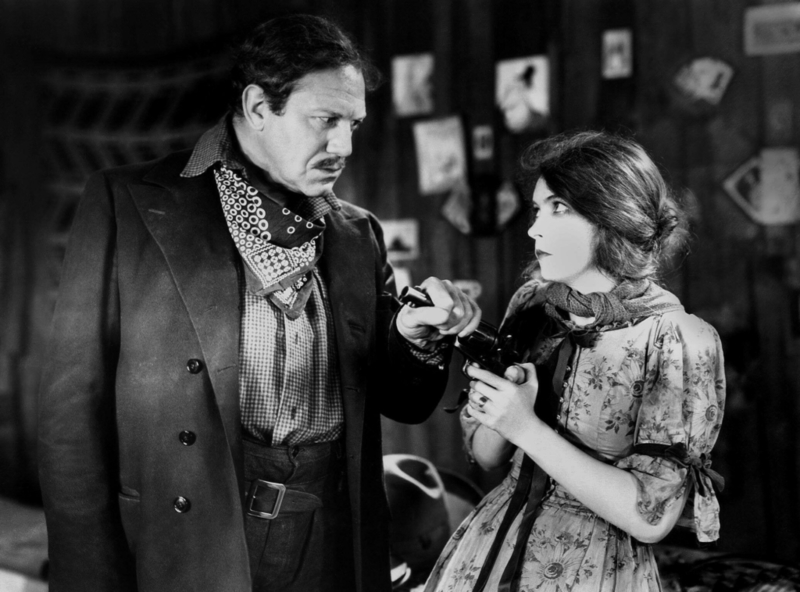
The hallucinatory film remains grounded in Gish’s performance as she offers raw emotion that depicts her inner conflict as she sits alone in the vast wilderness,
Destry Rides Again (George Marshall, 1939)
A greedy cheat takes control over all the local cattle ranches. When the sheriff suspects rigging, Kent has him killed. Enter legendary lawman Tom Destry, who restores town order. It’s every western cliche thrown in one.
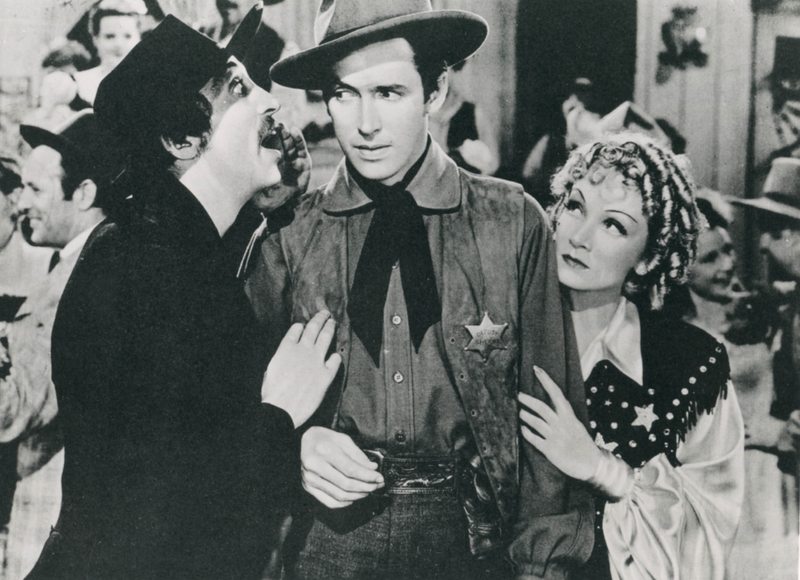
From crooked gamblers, drunks, and beautiful girls, you sure can’t deny that it’s a good old time.
The Gold Rush (Charles Chaplin, 1925)
A western with a comic core, even if it can get pretty dark at times. The Charlie Chaplin silent classic depicts the hardships of prospectors in the Klondike Goldrush. Chaplin’s pursuit of a woman initially offers hope, but things take a turn.
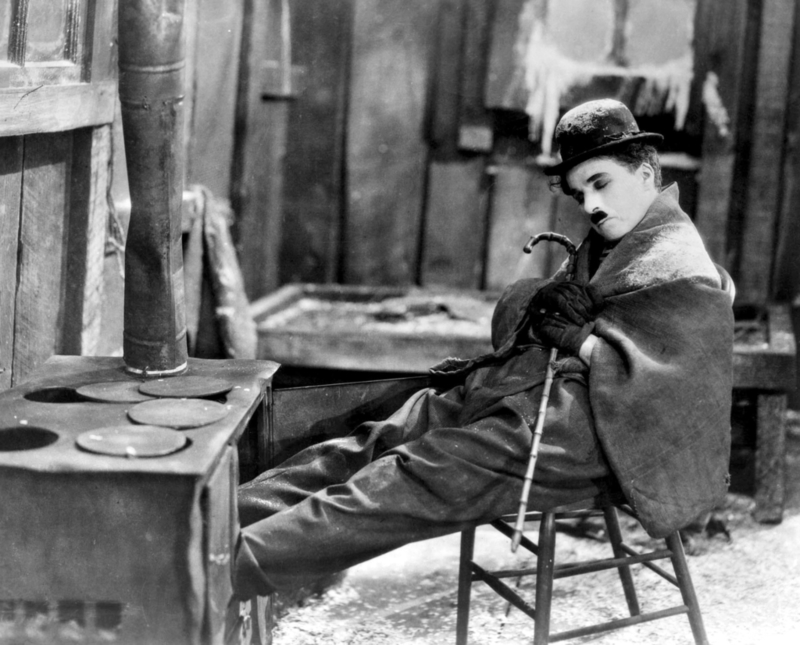
The events follow result in a great film filled with some absurdly romantic gestures and a lot of heart.
Westward the Women (William A. Wellman, 1951)
Originally written by Frank Capra, “Westward the Women” sounds rather absurd on paper: A sizeable California farm is suffering from a shortage of women, so naturally, to balance things out, a train is sent out to haul back 150 brides to the farm.
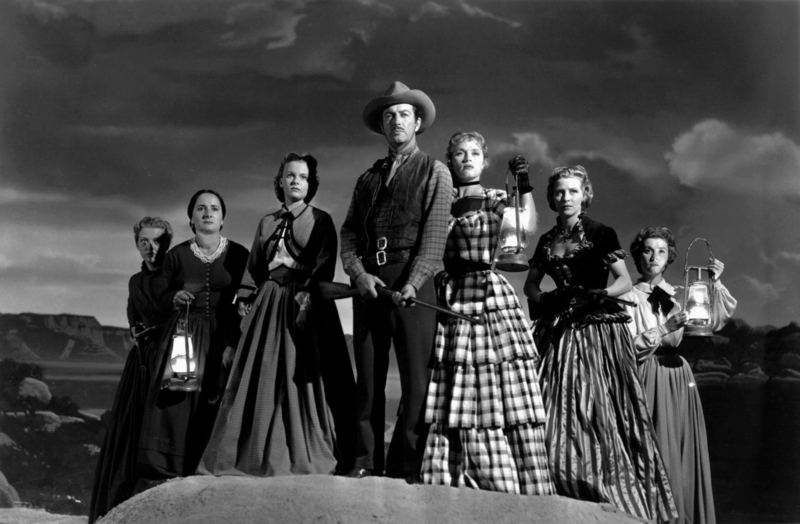
Throw in some treacherous landscapes and tragic death in the mix; the film becomes a telling tale of hardship and gender politics. Not exactly your run-of-the-mill western.
Shane (George Stevens, 1953)
“Shane” is based on Jack Schaefer’s popular novel of the same name. This incredible film adaptation features Alan Ladd perfectly cast as a tough gunfighter trying to quit the game and live a peaceful, of course, that turns out to be harder than he realized.
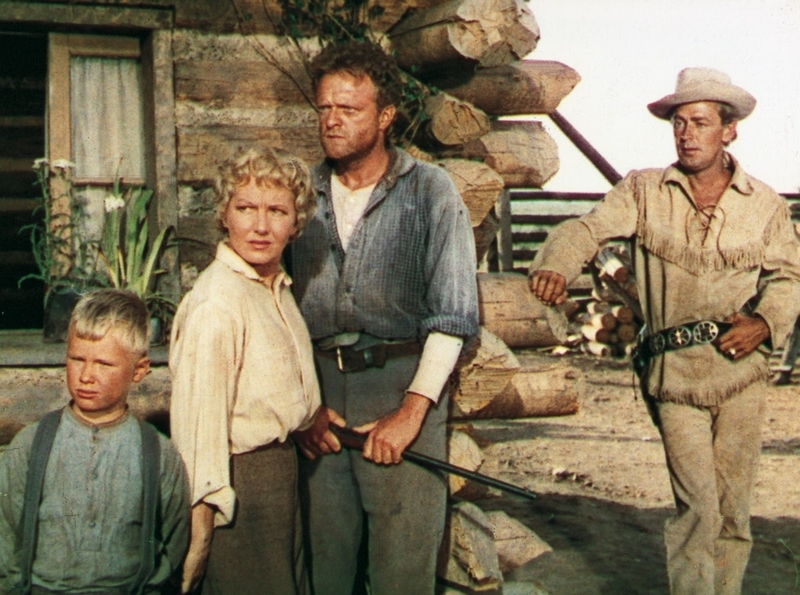
With Oscar-winning cinematography and Jack Palance’s masterful acting, both in emotion and physicality, the film will leave you pretty choked up.
Once Upon a Time in the West (Sergio Leone, 1968)
The epic film gives a historic account of the railroad development and modernization of the west. It’s a work of epic scale that ambitiously depicts a turning point in the region.
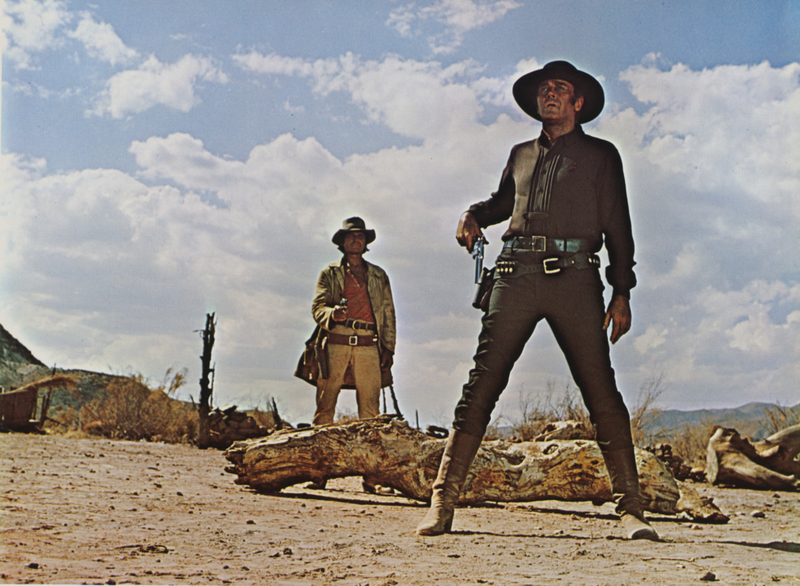
Once viewers get over the fact that their beloved Henry Fonda is a cold-hearted killer, it evolves into an astonishingly beautiful film with powerful imagery.
Stagecoach (John Ford, 1939)
This is the film that established John Wayne’s career and made him the star we know today. The film balances a good amount of character study with thrilling action sequences (thanks to the daring antics of stuntman Yakuma Canutt!)
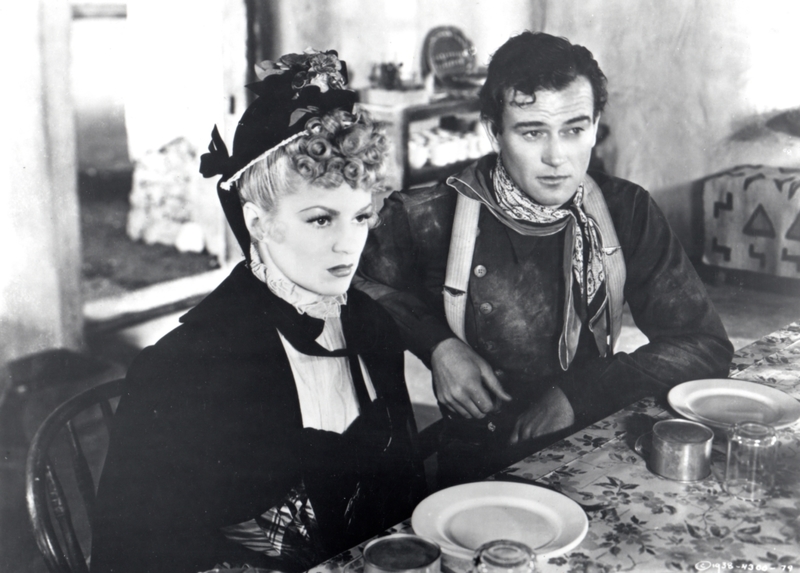
It also iconized the Arizona- Utah border as one of the most recognizable locations in the western movie genre.
High Noon (Fred Zinnemann,1952)
“High Noon” has been regarded as an allegorical tale of the McCarthy witch hunts in Hollywood. With that said, it should, above all, be embraced as a Western.
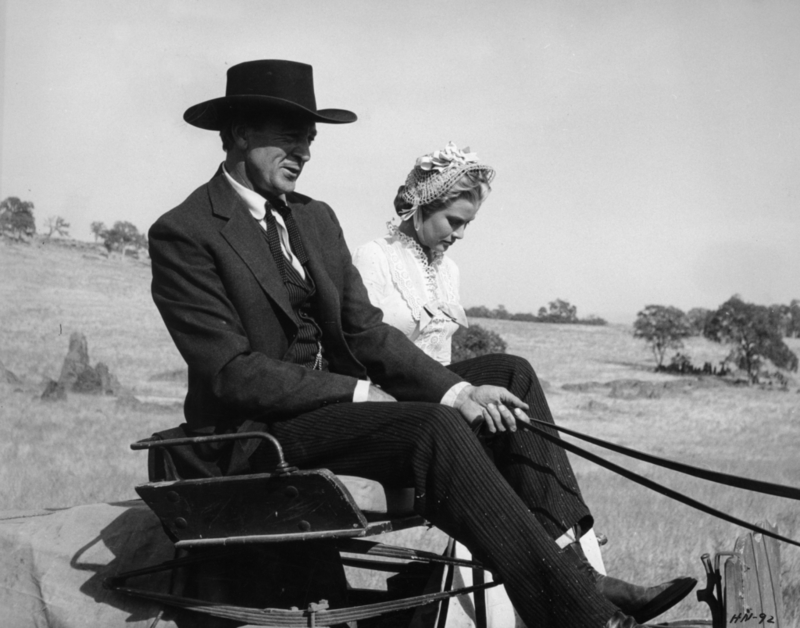
Lawman Gary Cooper gets deserted by his town and is left to face the bad guys all by himself.
Red River (Howard Hawks, 1948)
This epic western stars the one and only John Wayne as a no-nonsense, determined rancher who seeks to drive his cattle to the bitter end, even if that involves killing Montomgory Clift, his adopted son who takes his herd from him.
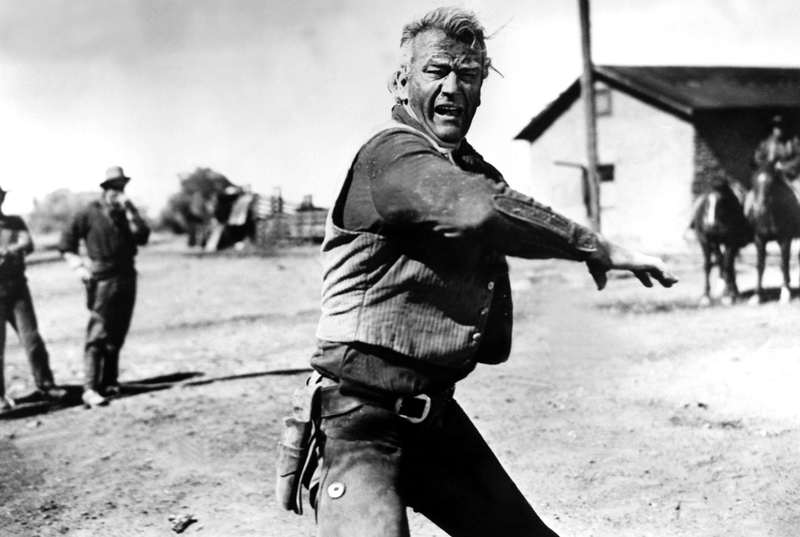
The film is, in fact, a fictional account of the actual cattle-drive from Texas to Kansas that took place along the Chisholm Trail.
The Magnificent Seven (John Sturges, 1960)
This western’s got it all. From a thrilling knife/gun duel to Steve Mcqueen, a great soundtrack and killer storyline.
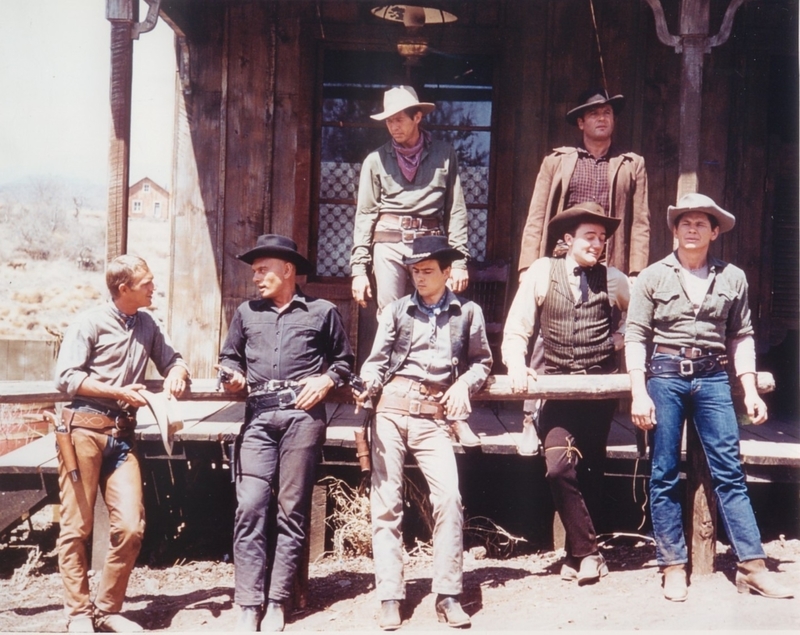
This 1960 western by John Sturges cannot disappoint even if it tried.
Ride the High Country (Sam Peckinpah, 1962)
A mournful lament for the loss of the old West, this film follows the retired lawman Steve Judd (Joel McCrea) and his journey of transporting gold from a faraway small mine to a bank.
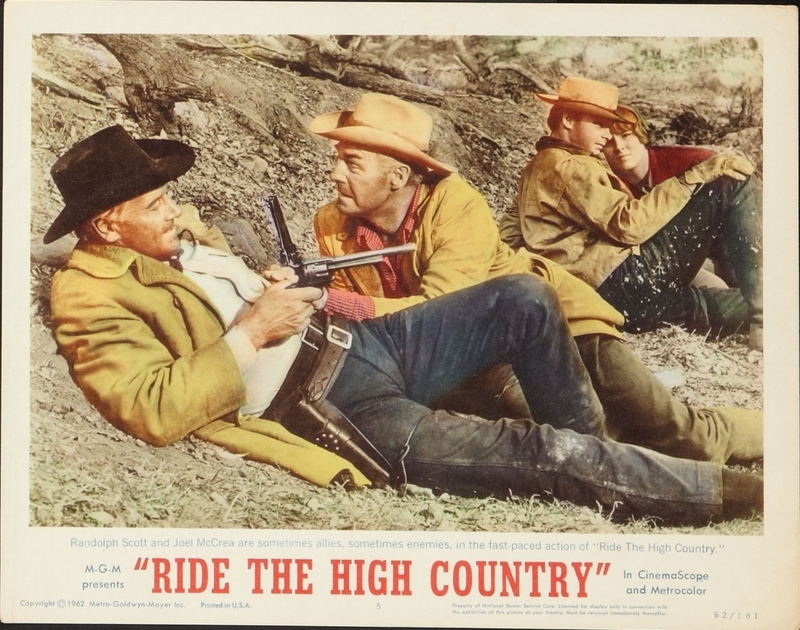
Enter the restless Gil and a young drifter who intends to rob Judd of the gold during his journey.
The Gunfighter (Henry King, 1950)
In essence, this is a Greek tragedy dressed up as a western. Not surprisingly, the film went on to pave the way for the western trope of the aging gunslinger for years to come.
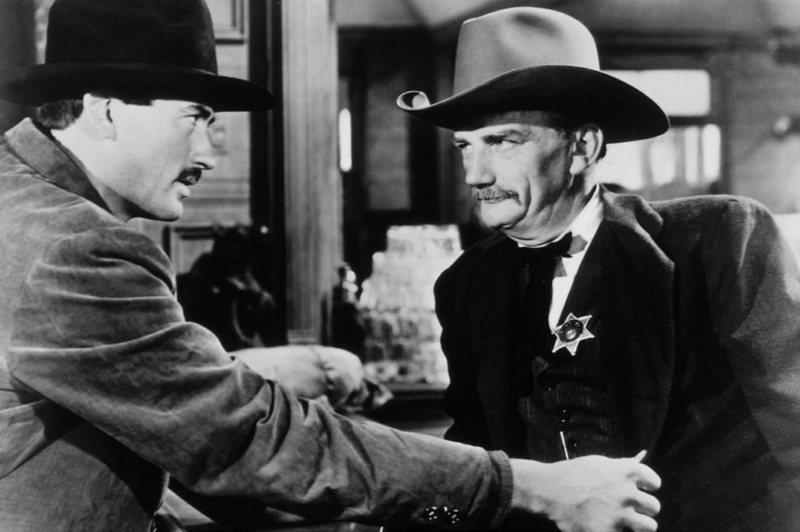
The film follows Gregory Peck as he tries to bury his ugly past. Unfortunately, his effort proves futile when he discovers that there is one more kid to outdraw.
Butch Cassidy and the Sundance Kid (George Roy Hill, 1969)
A buddy film that’s laden with Oscars depicts the great “bromance” between these two legendary western characters played by Paul Newman and Robert Redford.
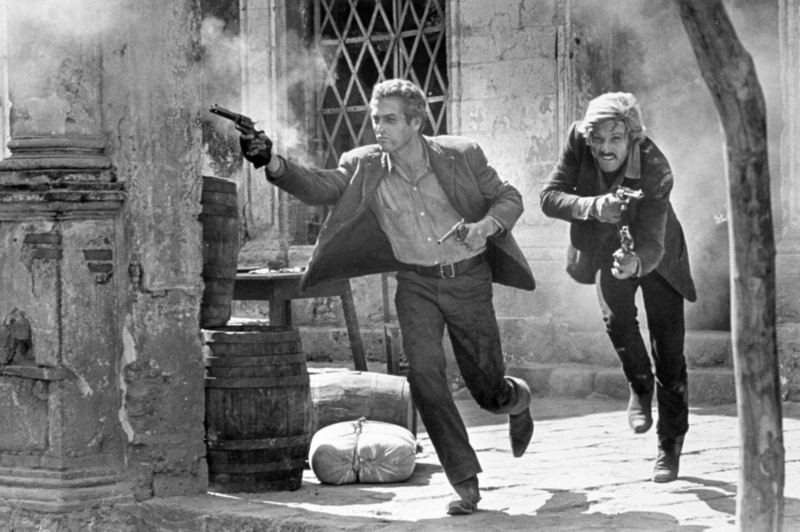
Willian Goldman’s writing shines, and Burt Bacharach’s soundtrack makes this an irresistibly cool 60s Western.
The Ox-Bow Incident (William A Wellman, 1943)
Henry Fonda is back again in this Wellman-directed western. This time he stars as a powerless hero trying to intervene as three men are set to be lynched for a crime they did not commit.
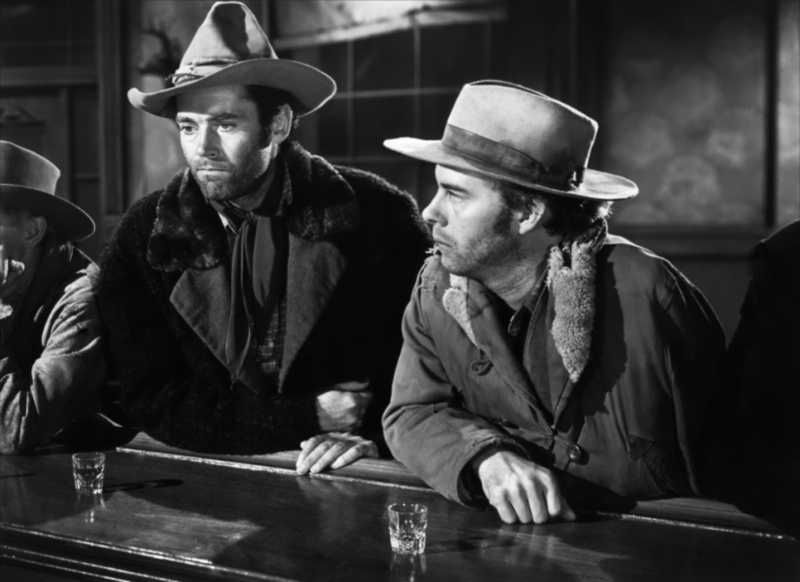
Why does this affect Fonda more than the average person? Unfortunately, our hero witnessed a lynching as a kid. There’s heaps of social commentary in this one.
My Darling Clementine (John Ford, 1946)
This is considered to be a super romanticized version of events involving Wyatt Earp at the OK Corral. Henry Fonda stars as Earp in this highly stylized and even poetic western.
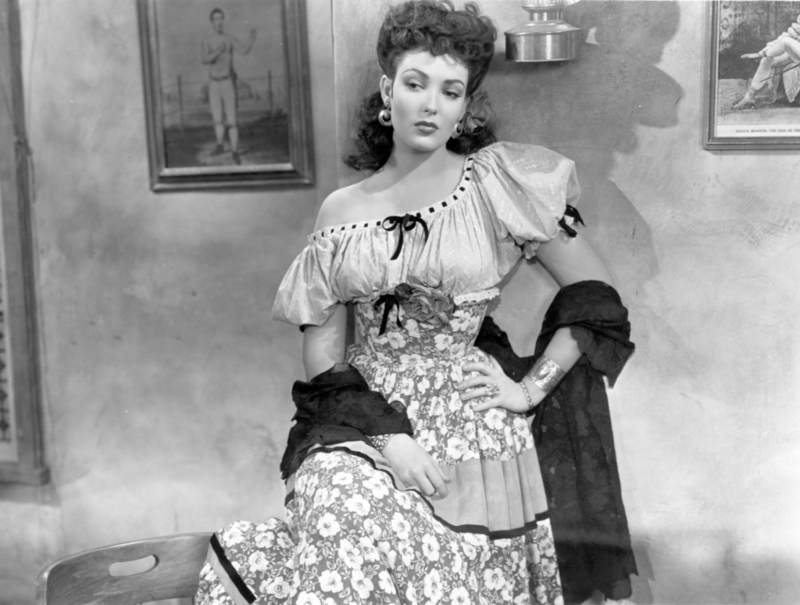
The film is filled with long iconic scenes such as a Fonda on his porch surveying the surroundings, as well as his stiff-legged dance with the “lady fair.”
Rio Bravo (Howard Hawks, 1959)
In true western tradition, our favorite sheriff, John Wayne, faces a gang of baddies with only a rookie gun-slinger, a cripple, and a drunk to help him. Does he succeed? Well, he is John Wayne.
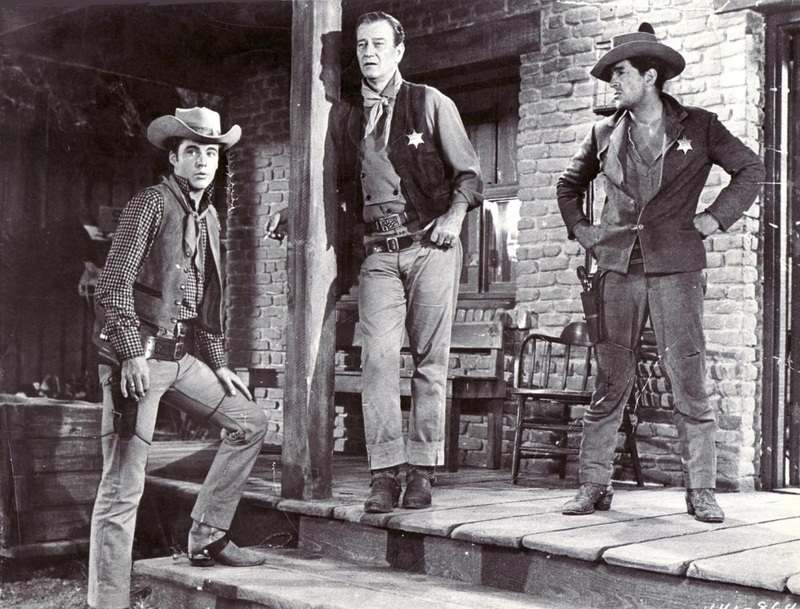
Did we mention that Dean Martin stars in this too? He even gets to sing! It’s a real good time flick, and Walter Brennan is simply a delight to boot.
One-Eyed Jacks (Marlon Brando, 1961)
It turns out Marlon Brando wasn’t only an incredible actor, but he was one impressive director as he ended up making of the greatest westerns in history (he starred in it too, of course.) The project was originally supposed to be directed by the legendary Stanley Kubrick, but Brando stepped in and took over after some creative disagreements.
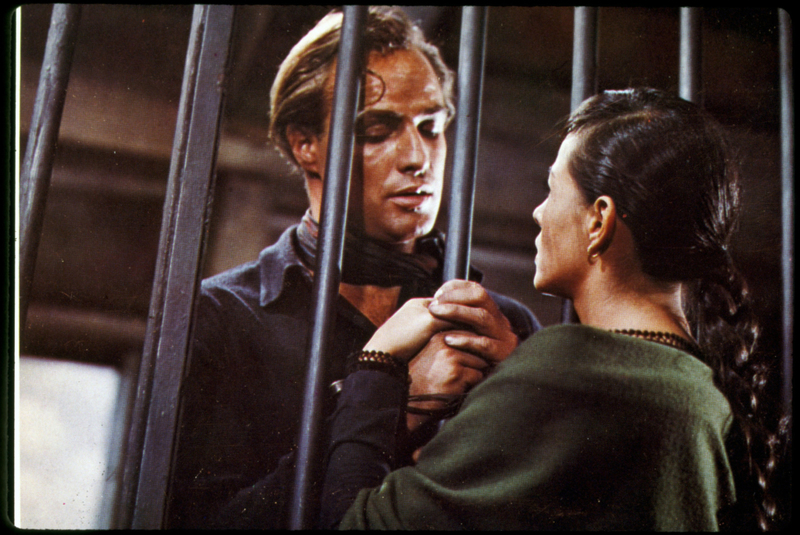
The film notoriously turned into a typical Brando production with its excessive running of over four hours. Supposedly all that paid off in the end and is now considered a slow burn masterpiece. The Monterrey and Big Sur scenic locations also add to the beautifully aesthetic film.
Winchester ’73 (Anthony Mann, 1950)
James Stewart proved to us that not only could he saddle up, but he could also shoot’em up. The daring and adventurous quest to retrieve his stolen rifle makes this without a doubt one of the most iconic westerns in history.
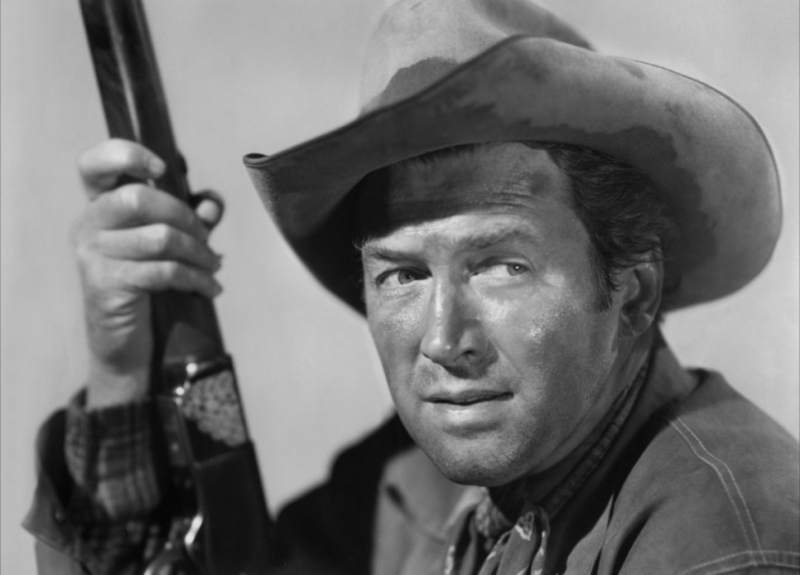
Dan Duryea, as the sickenly cruel Waco Johnnie Deam, also makes for one great on-screen villain.
Rancho Deluxe (1975, Frank Perry)
The ’70s wave of westerns typically featured the forgotten cowboy trope. In the fantastic film ‘Rancho Deluxe,’ we see a couple of small-time rustlers from Montana.
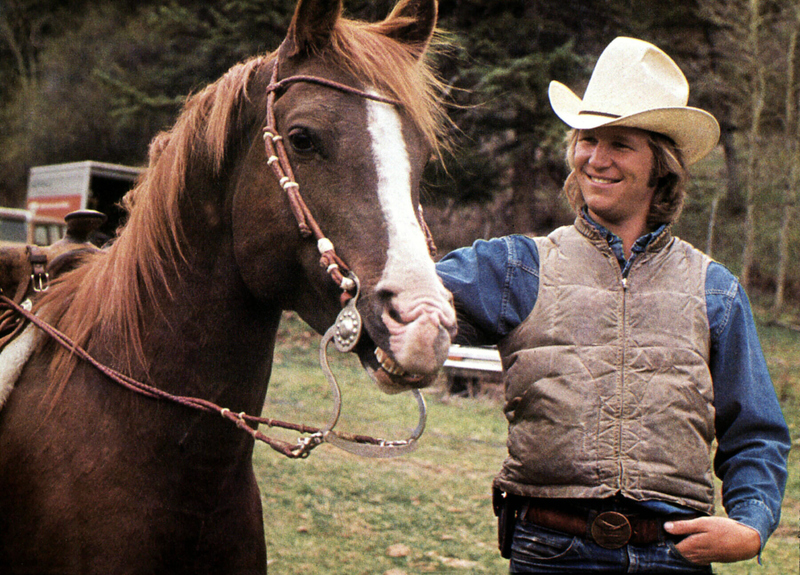
The duo played by Jeff Bridges and Sam Waterston make this Western a surprisingly odd and sweet little film that depicts the west as a place of refuge.
The Lone Ranger (2003, Gore Verbinski)
Johnny Depp was one of the most popular Hollywood stars during the success of his “Pirates of the Caribbean” films. His success as Jack Sparrow prompted him to attempt a more serious role. Unfortunately, it had to be “The Lone Ranger.” This western film was a commercial failure, but you can’t resist Johnny galloping through the desert in a crazy costume.
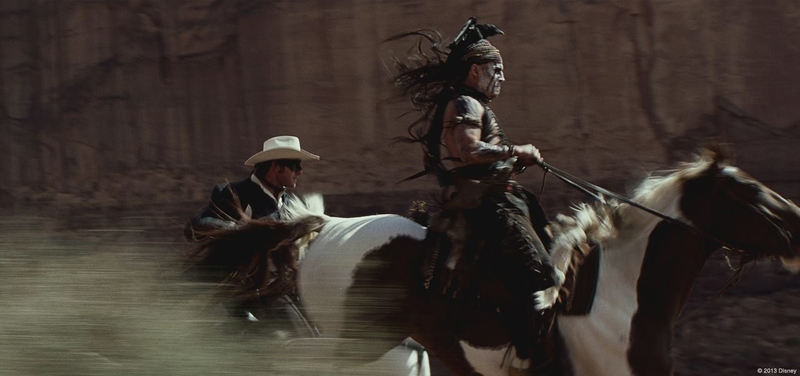
Depp really believed in this film and wanted it to work. One of the things he did to ensure authenticity was to insist on doing some of the action scenes himself. This is quite commendable when you consider that he wears a mask throughout most of the film, which made it very easy for a stuntman to impersonate him. Unfortunately, Johnny Depp was almost killed during production. He was doing his own horse-riding scene when he was thrown off a moving horse and was nearly trampled.
Ride Lonesome (Budd Boetticher, 1959)
A plot to avenge the murder of a steely Lonewolf’s wife. The breathtakingly beautiful visuals are all thanks to the settings of Sierra Nevada locations.
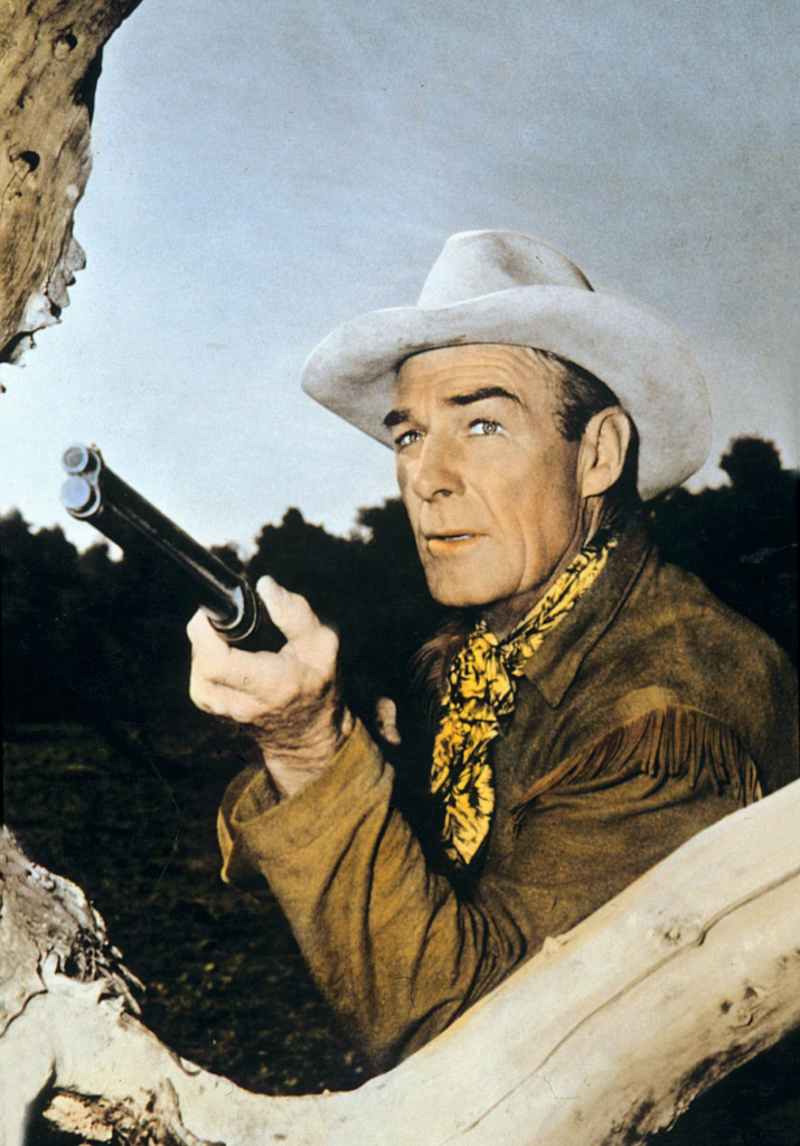
Also, who can forget the legendary line, “There are some things a man just can’t ride around on.”
Death Rides a Horse (Giulio Petroni, 1967)
In this 1967’s cinematically triumphant picture, “Death Rides a Horse,” director Giulio Petroni follows a man’s thirst for vengeance after witnessing his entire family killed at the hands of violent outlaws. All he has is a spur, the only relic left to remind him of the traumatic event.
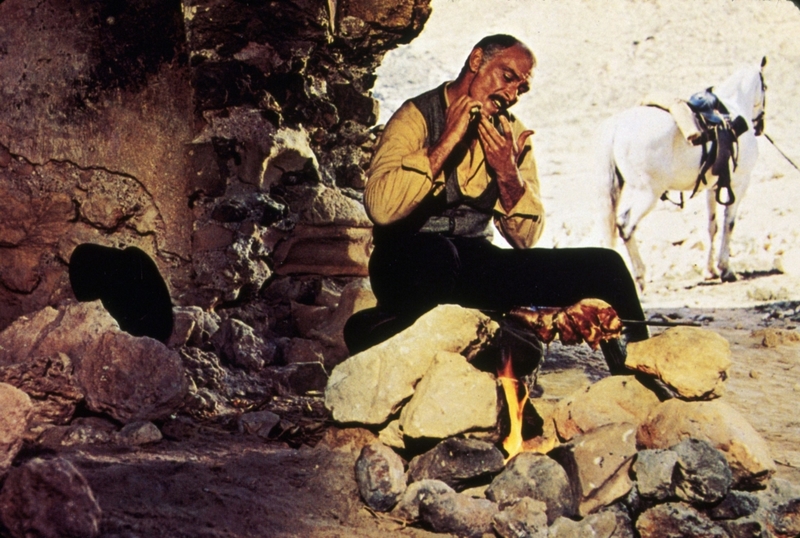
Pairing up with the mysterious Ryan (Lee Van Cleef), the film takes us on an incredible journey until we reach the cathartic end, inevitably filled with a lot of rage and fury.
True Grit (Henry Hathaway, 1969)
There is no doubt that Rooster Cogburn is one of John Wayne’s most identifiable roles. He is, after all, the quintessential John Wayne character that the two are basically synonymous with each other. Might we add, the role also earned Wayne an Oscar!
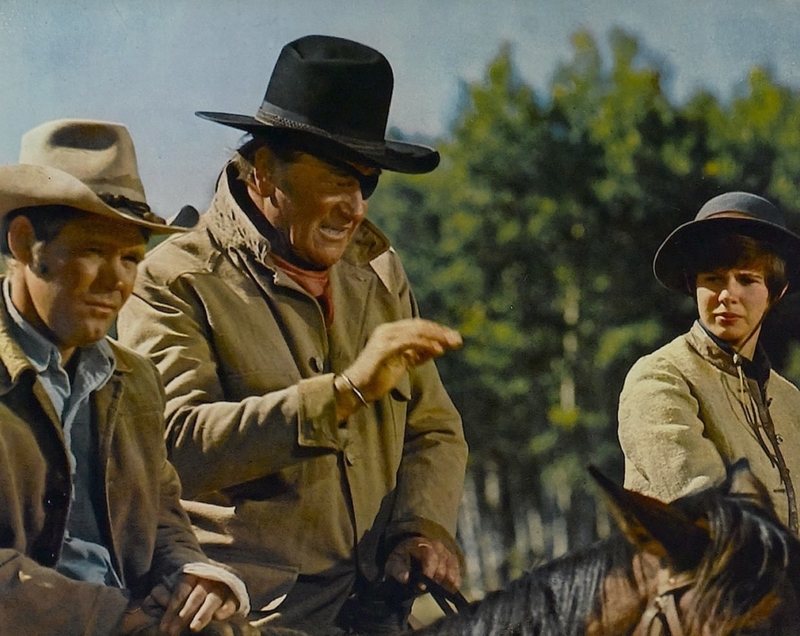
The film is the very first of a book adaptation of Charles Portis’ 1968 novel of the same name. According to historians, Cogburn was based on Deputy U.S. Marshal Heck Thomas, one of the toughest lawmen of the time. No doubt that makes Cogburn one iconic character. In fact, there is even a Coen Brothers remake that some say is even better.
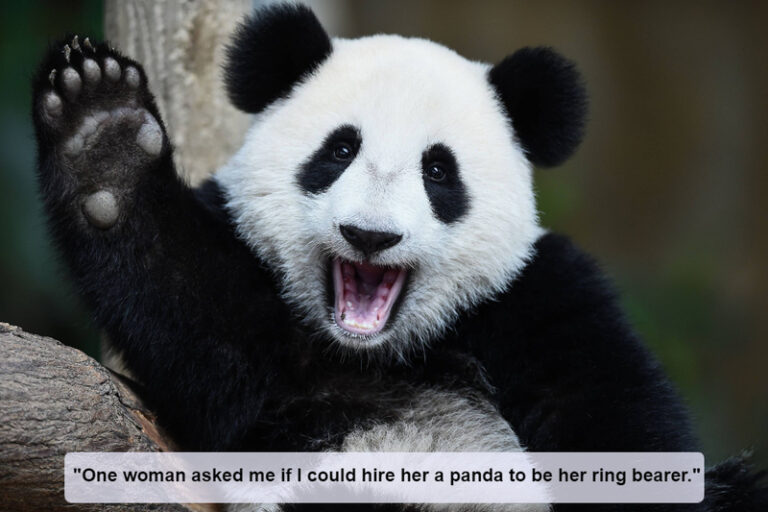
Yelling Down the Aisle: Beastly Bridezilla Stories — Part 2
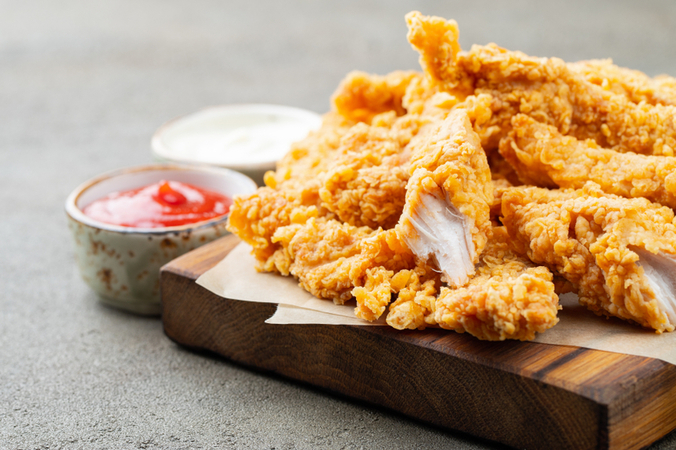
Fast And Furious: Junk Food That Has Gone Too Far

Better Playgrounds Could Help Kids Get More Exercise

Wabi-Sabi: Accept Your Imperfections
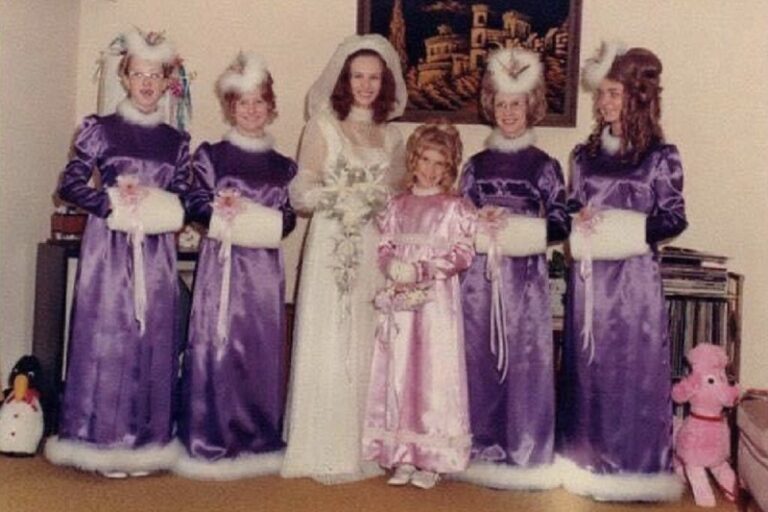
More Awkward Family Photos That Should Have Never Seen the Light of Day
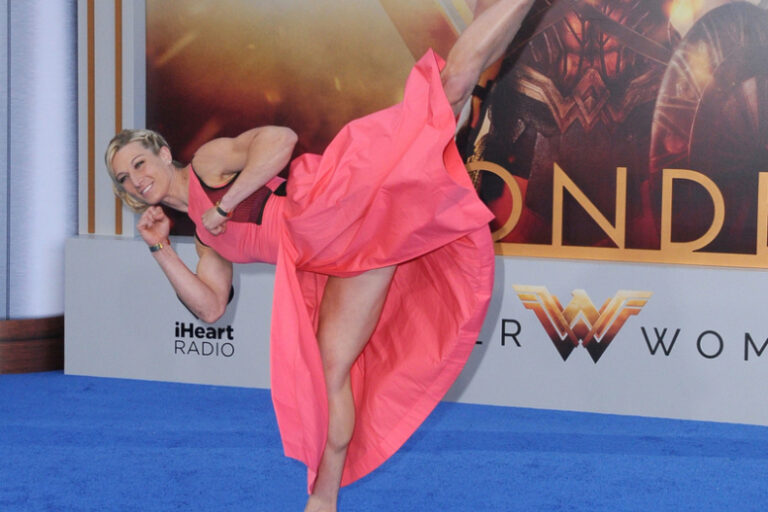
More of The Most Embarrassing Red Carpet Moments That Will Make You Cringe
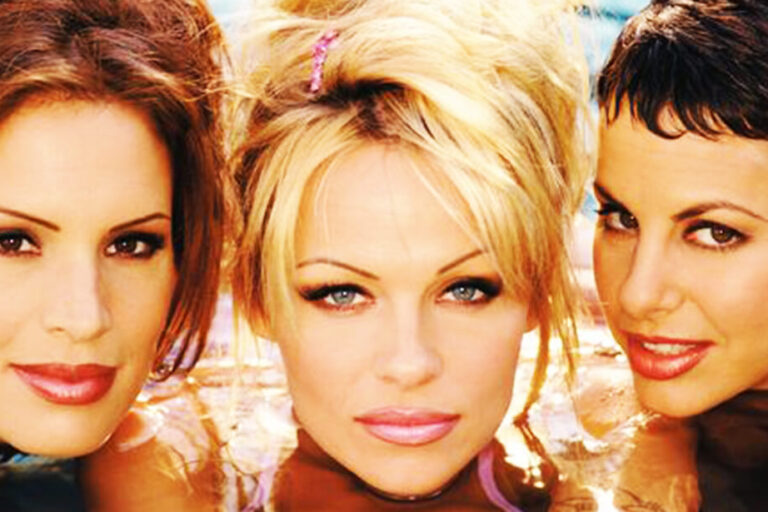
Critics Say: These Are the Worst TV Shows of the New Millennium
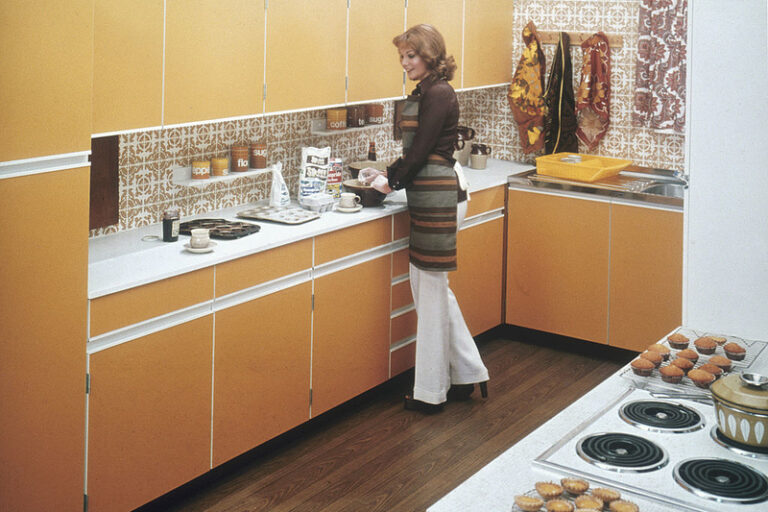
More Home Decor Trends That Should Stay In The Past
50 of the Most Iconic Movie Wedding Gowns
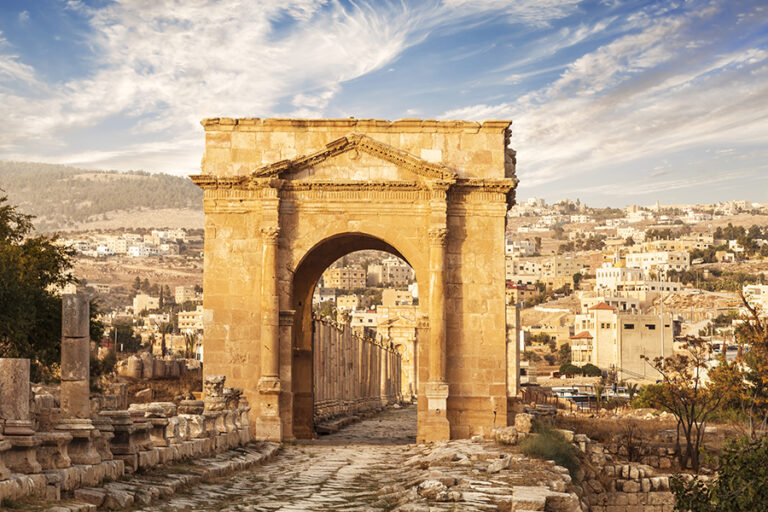
These Countries Have Some Real Beef With America
